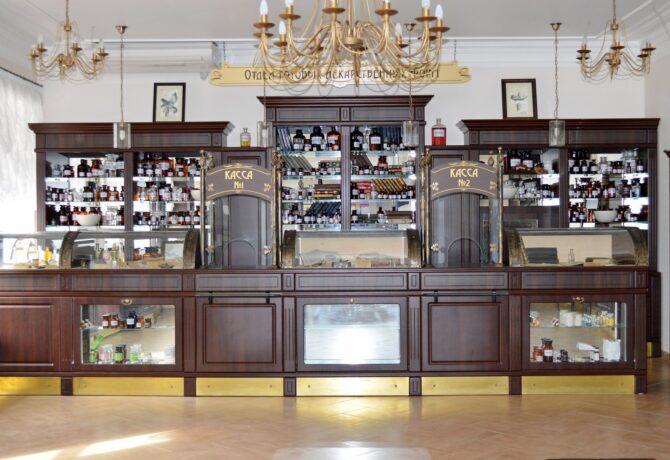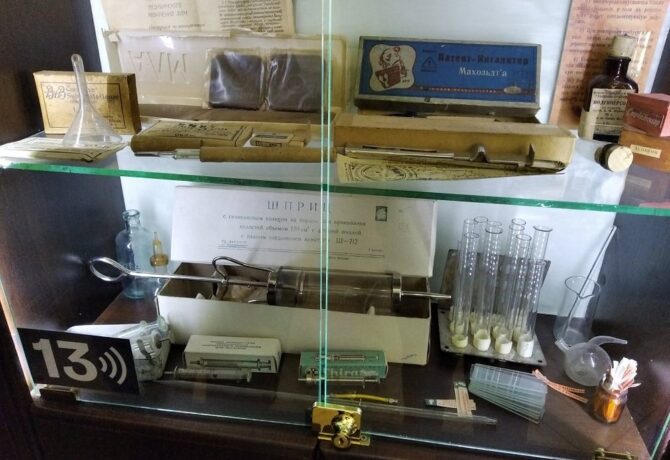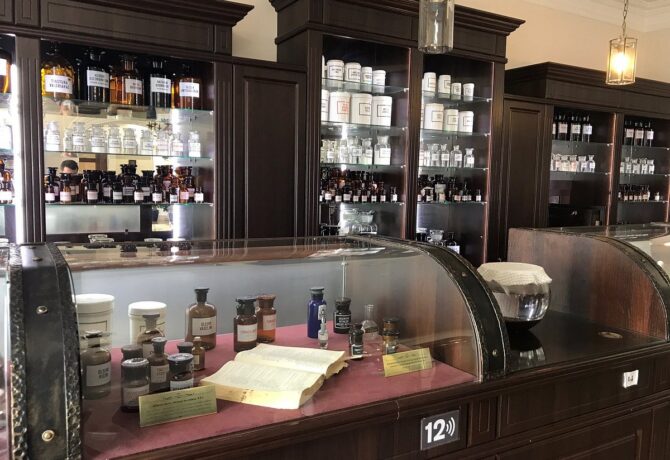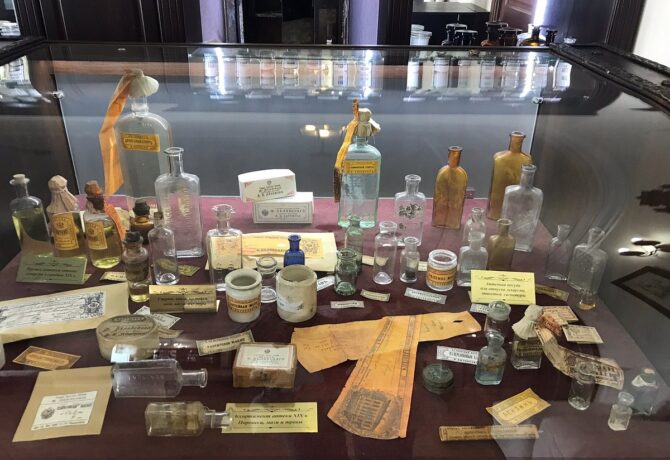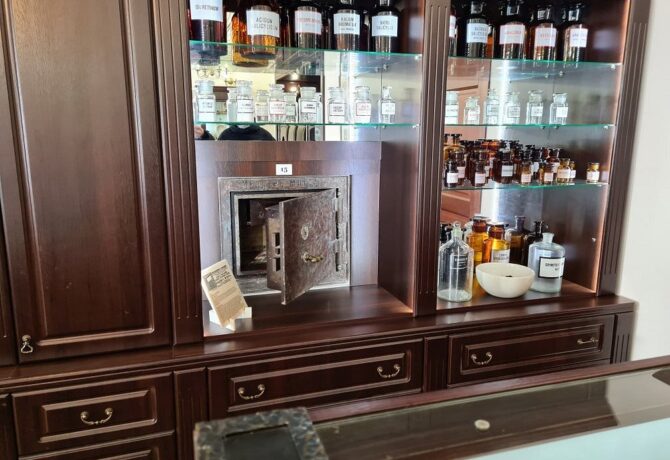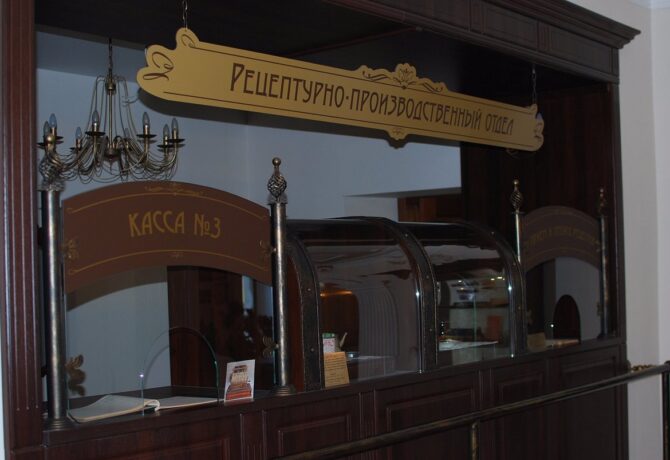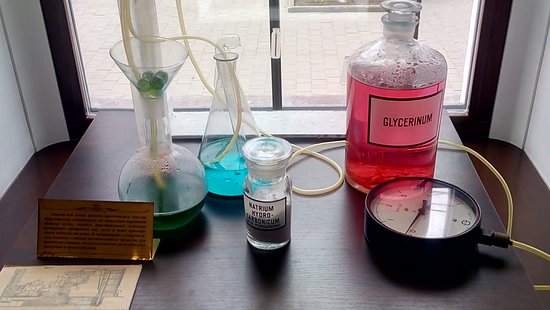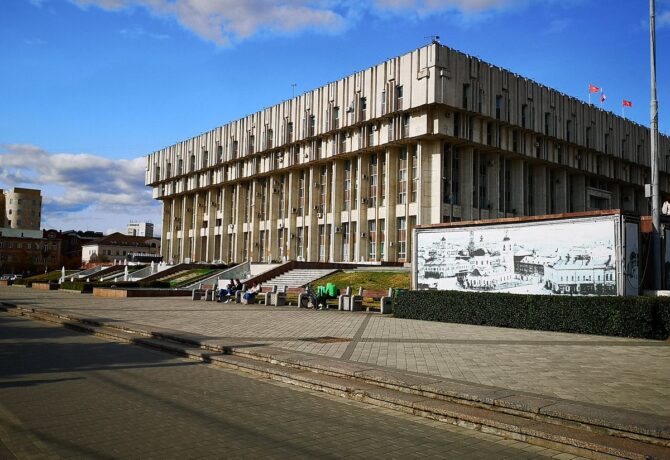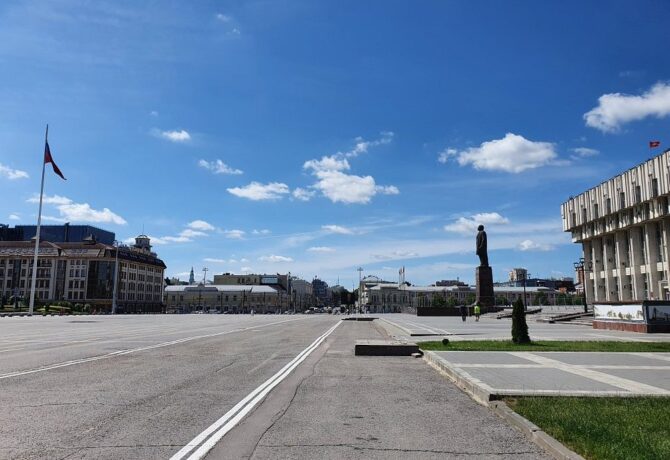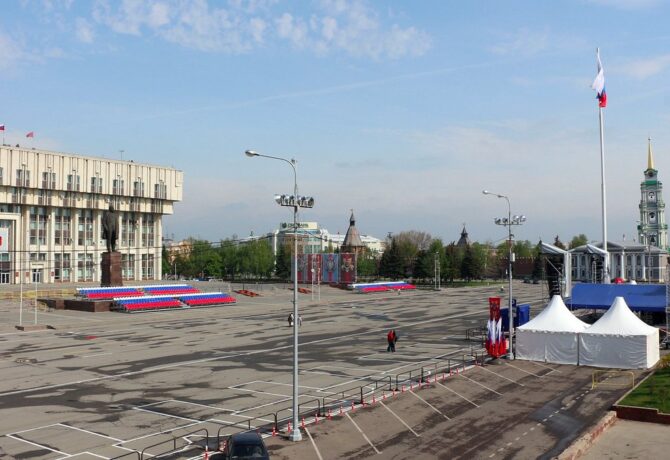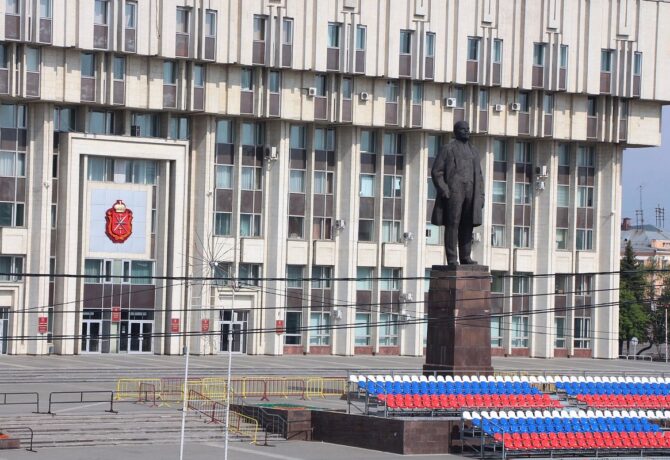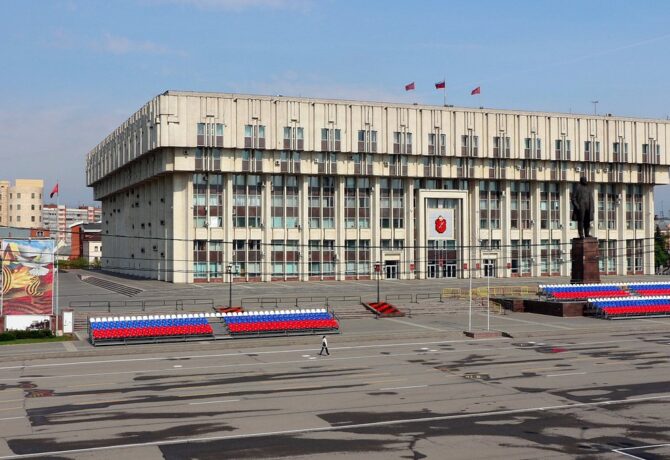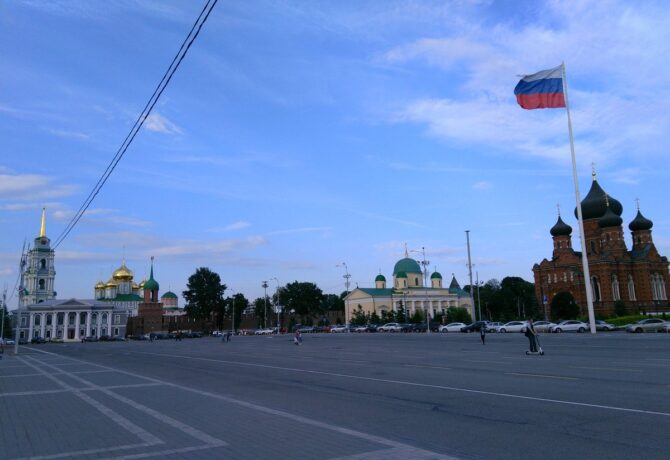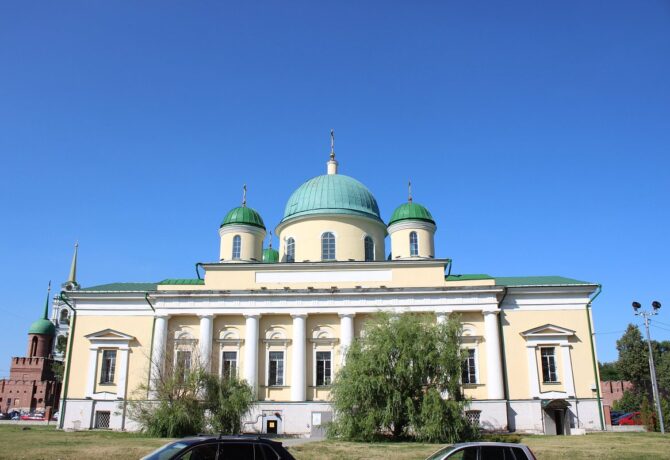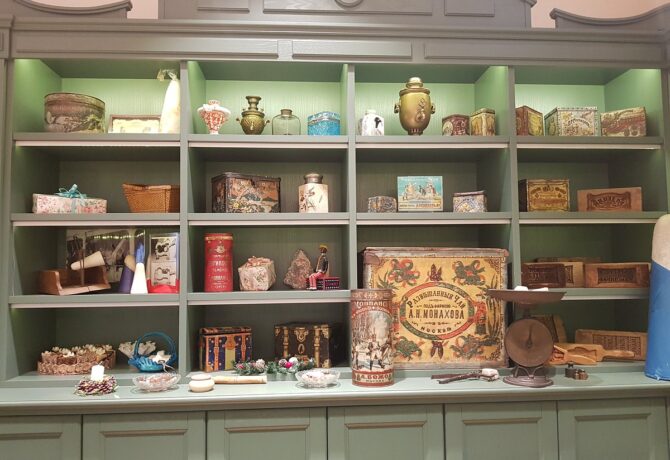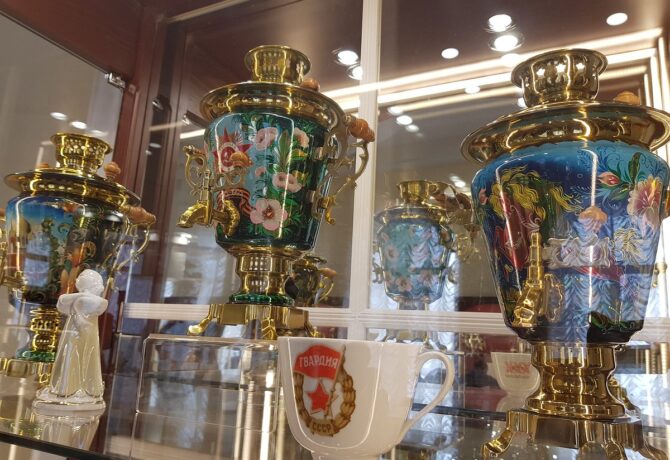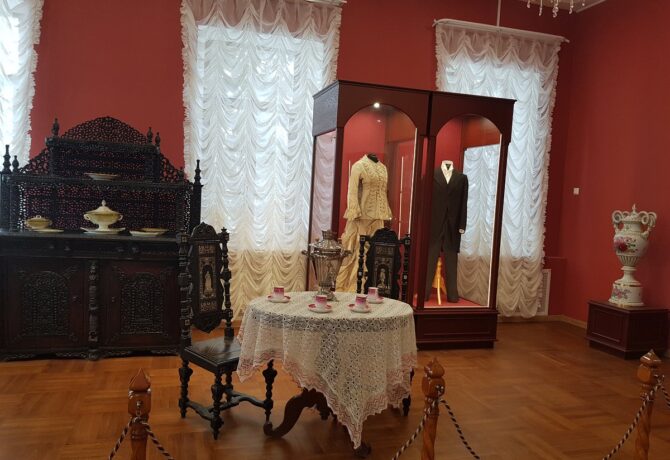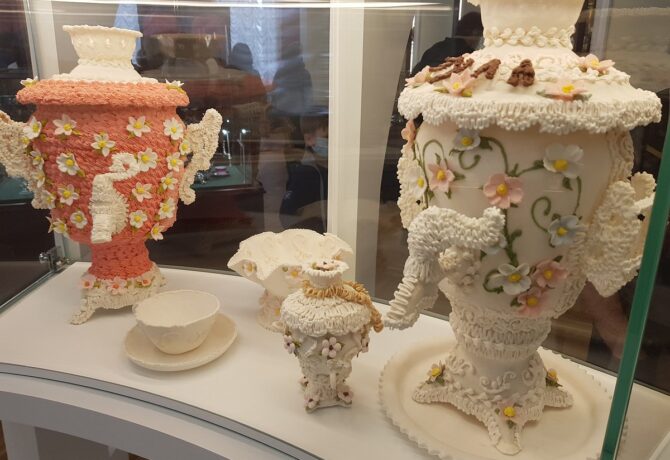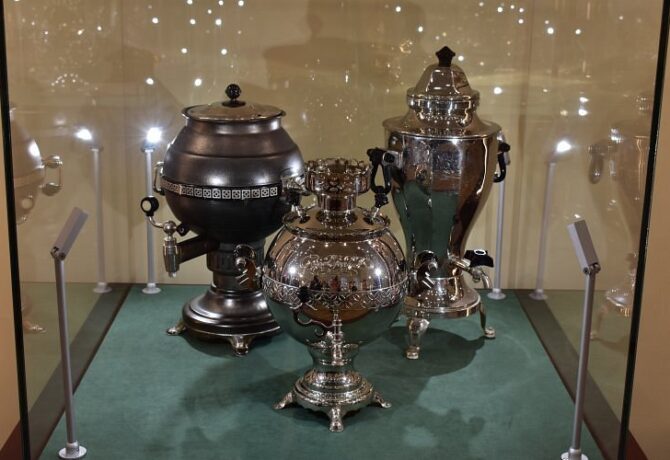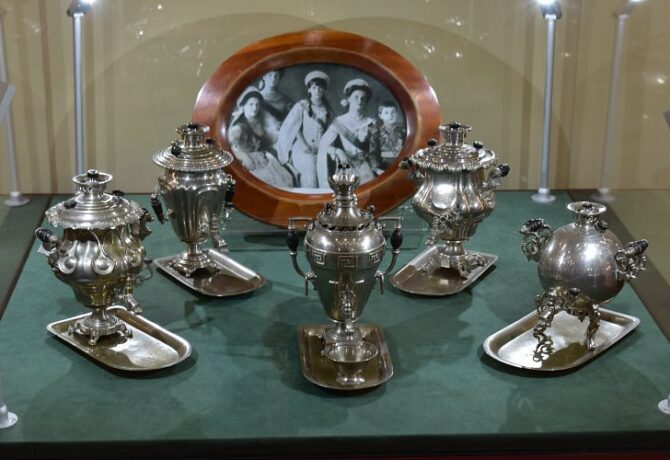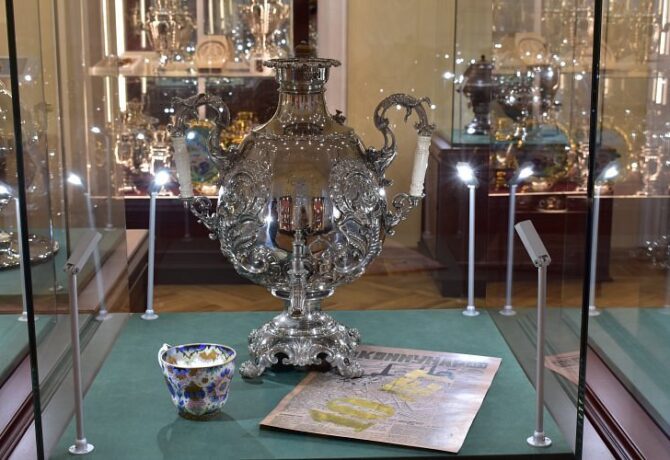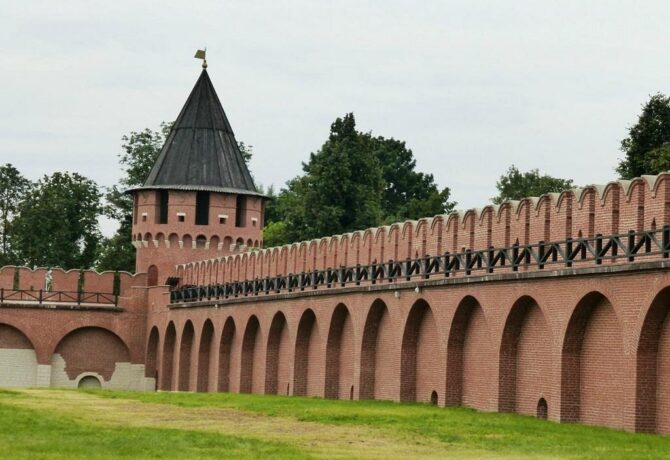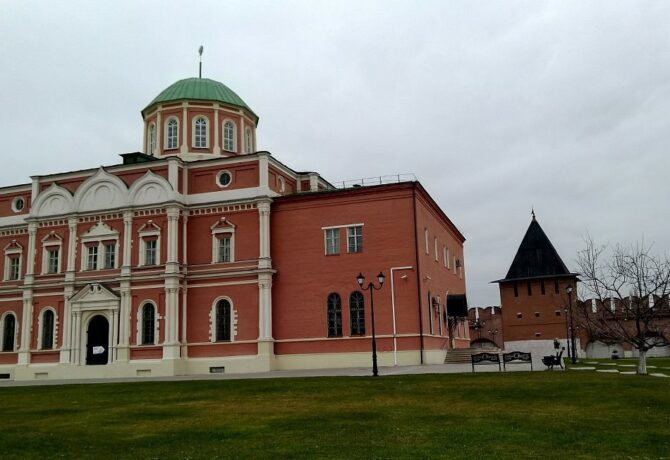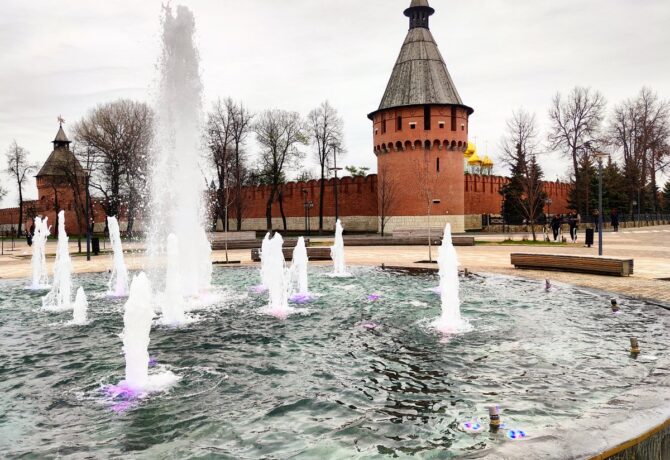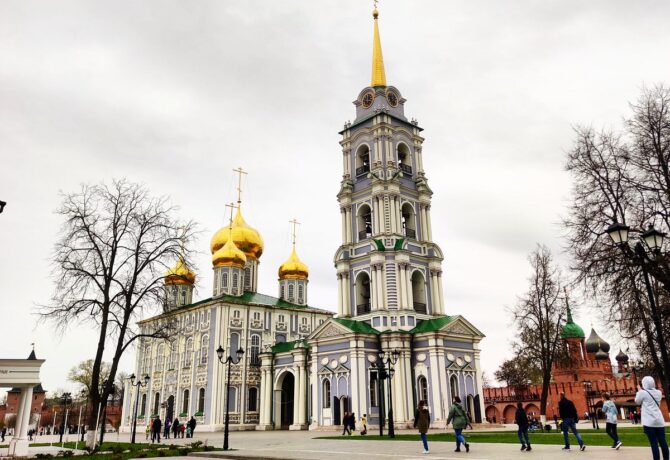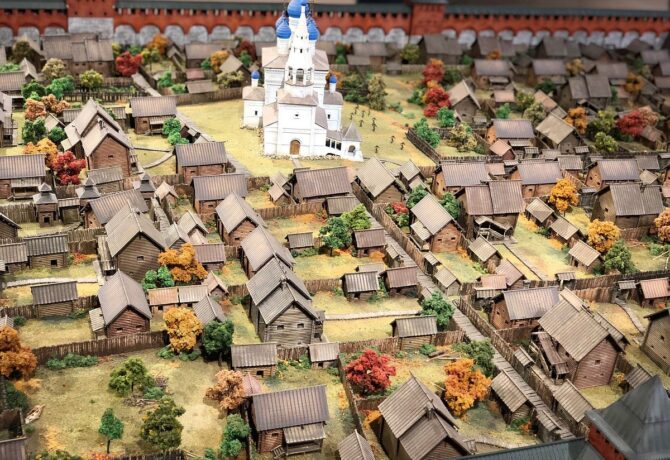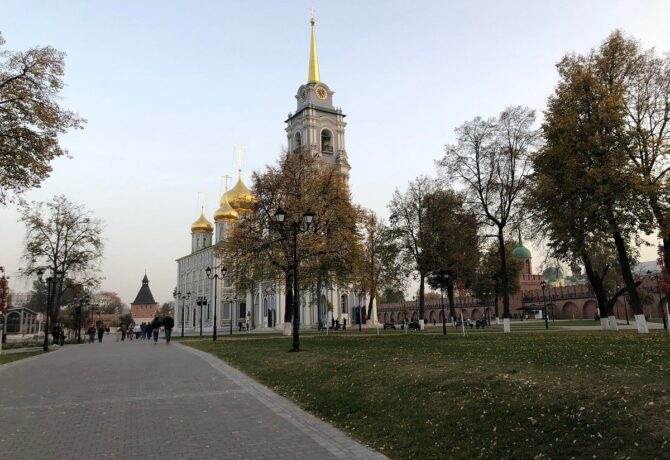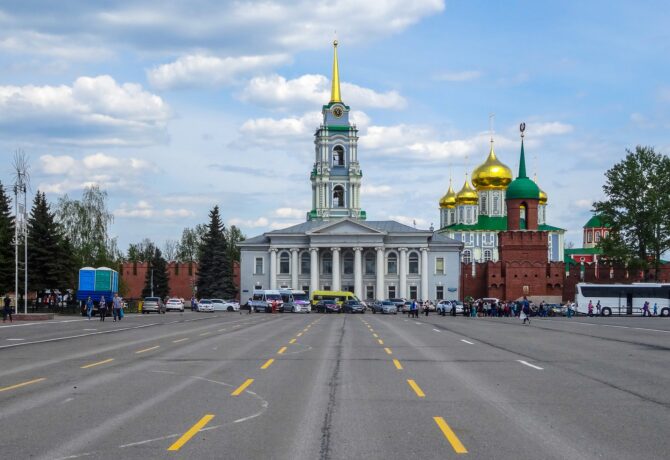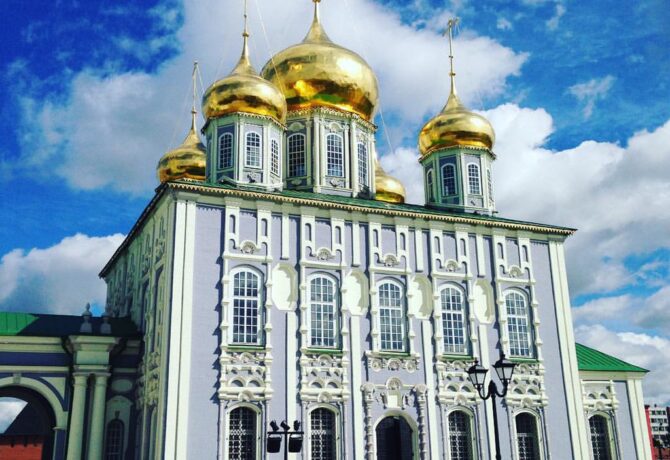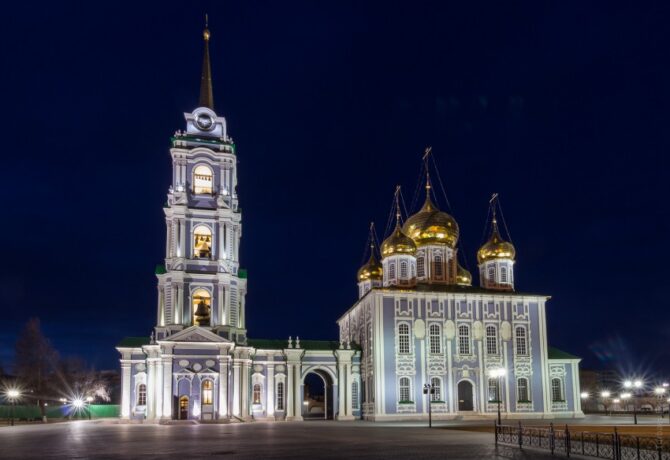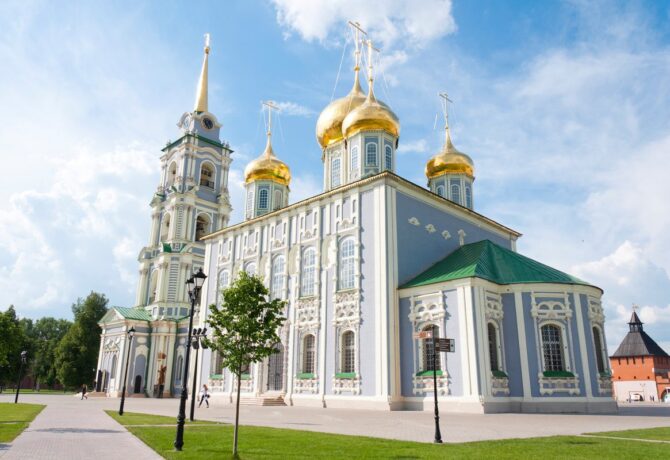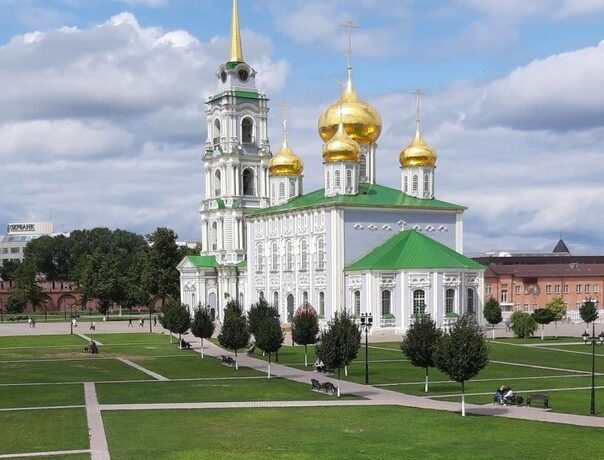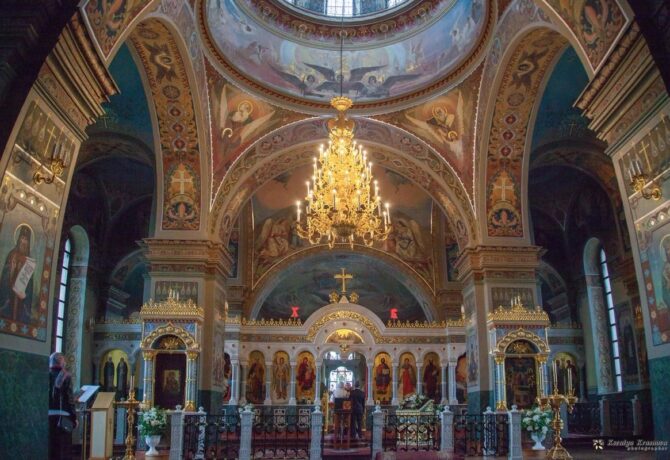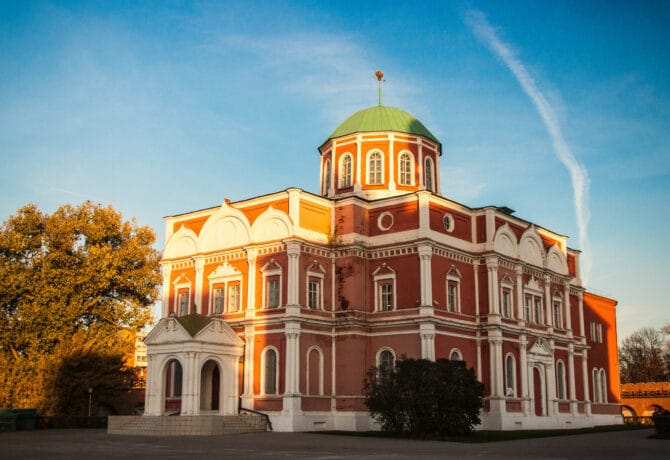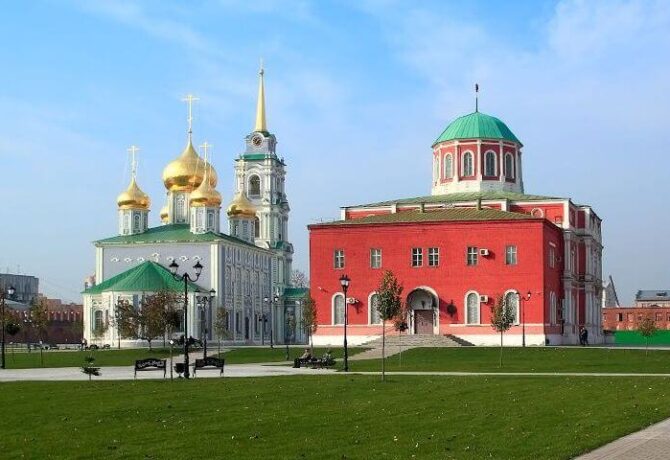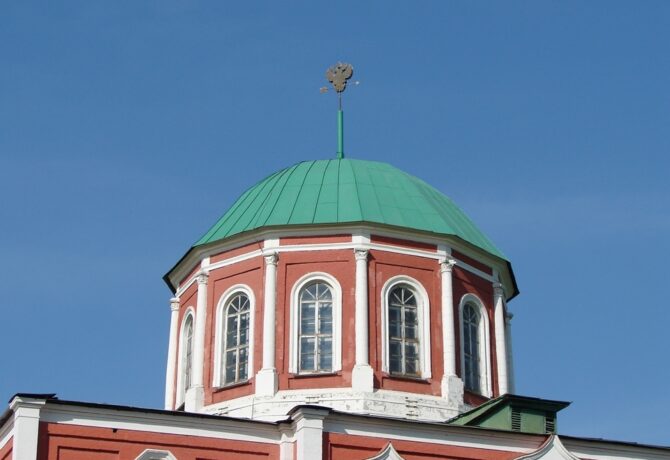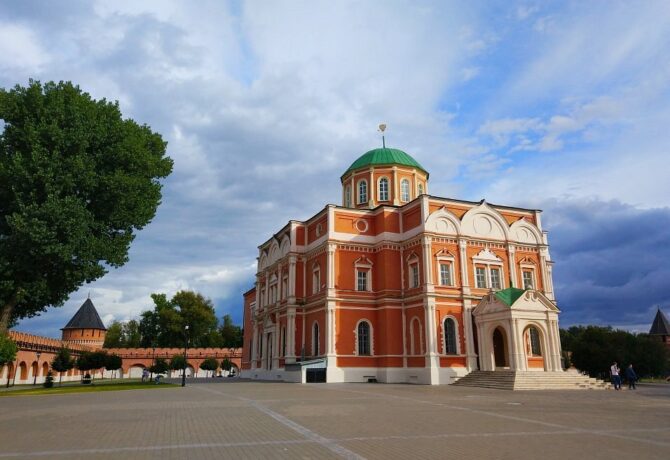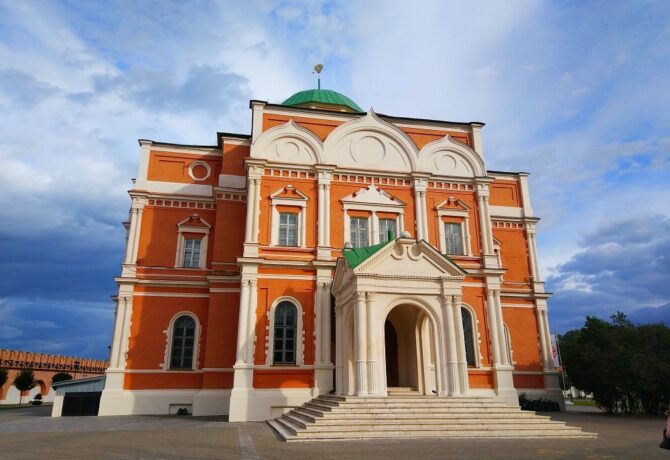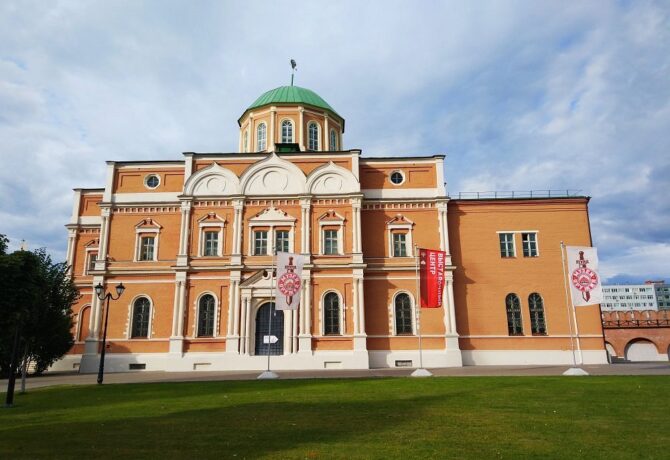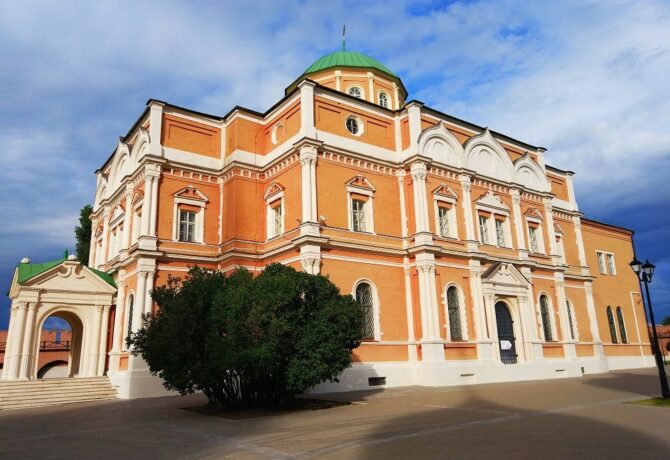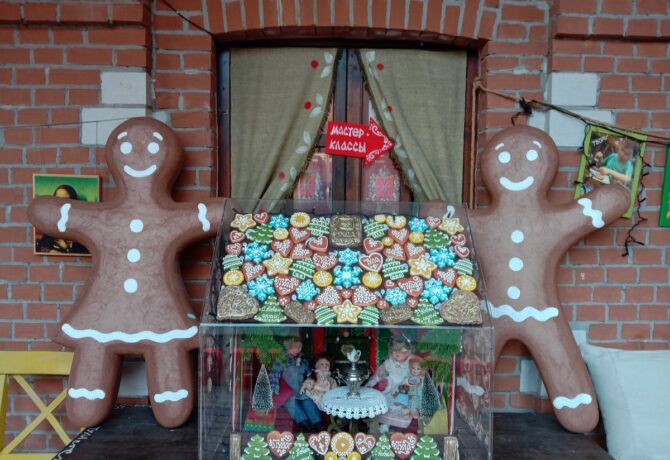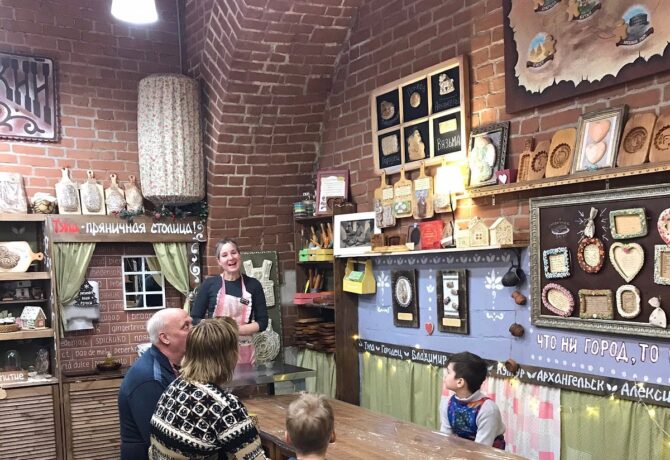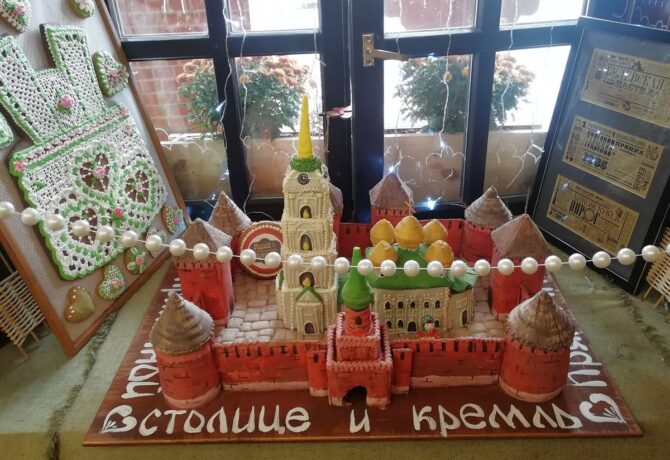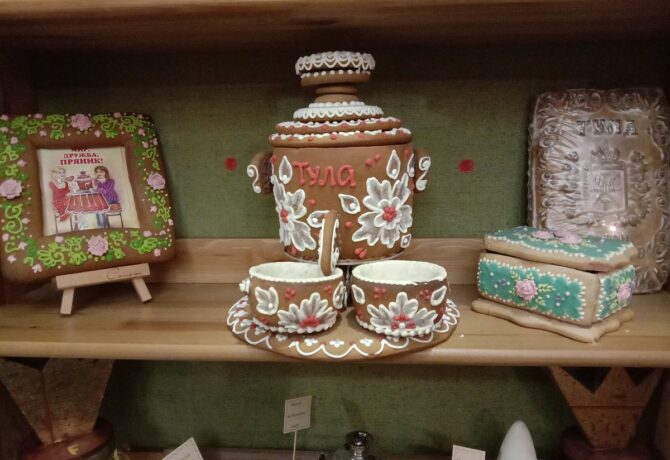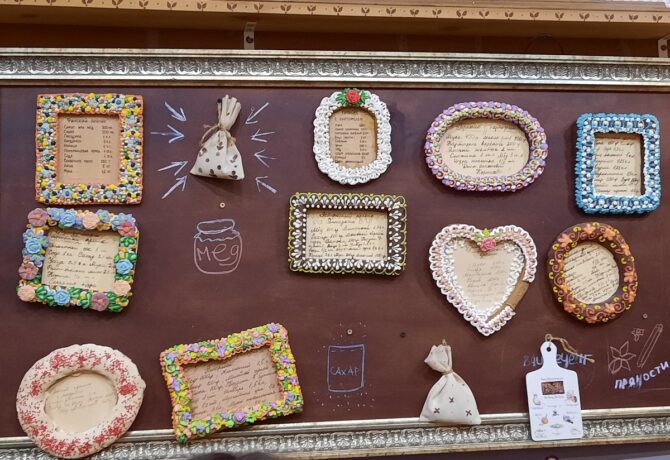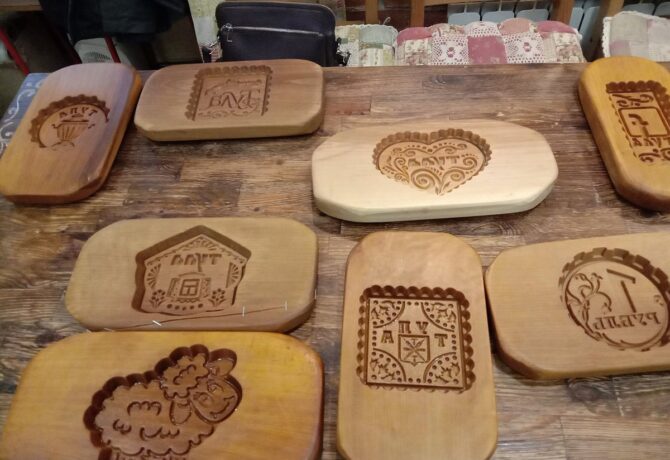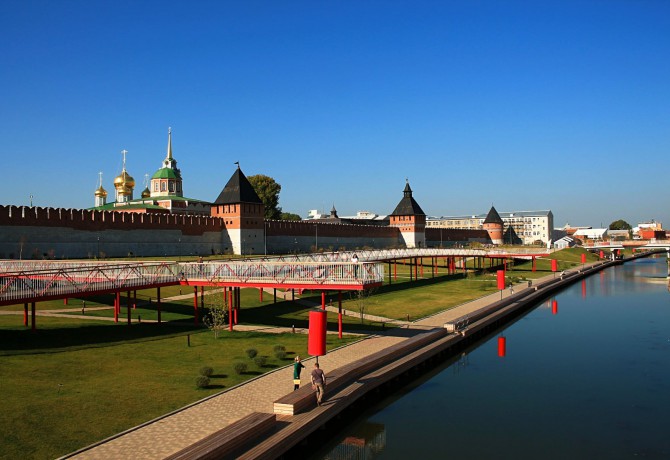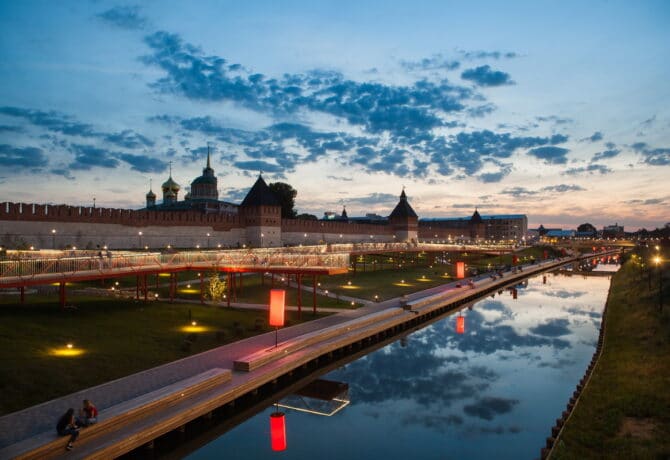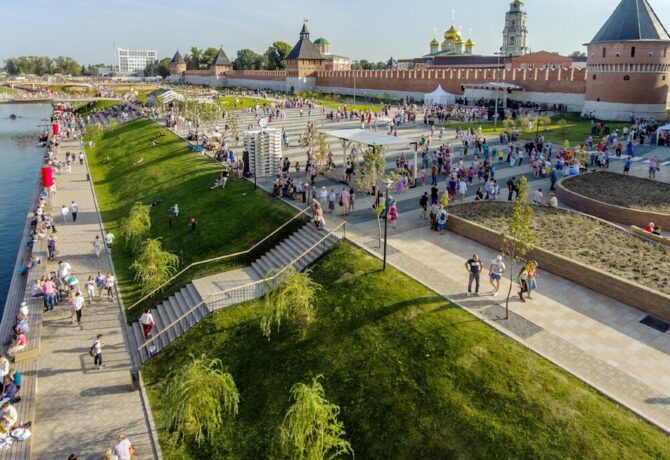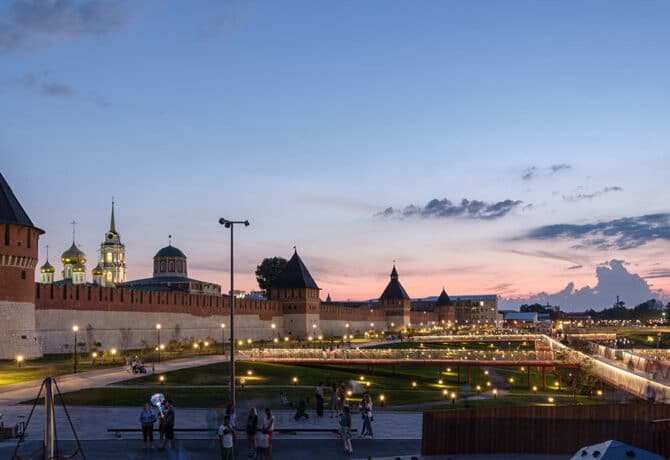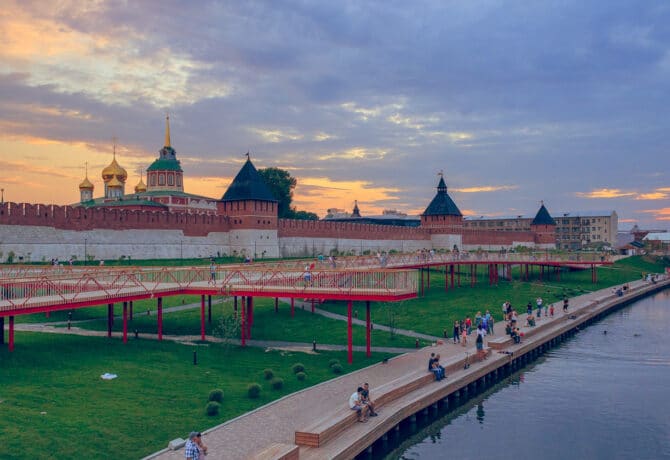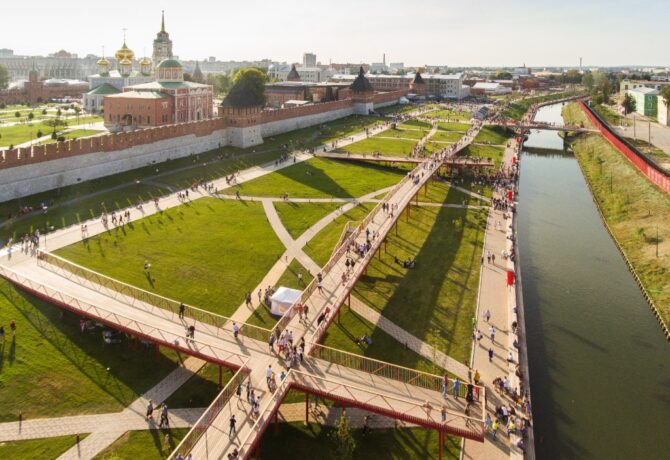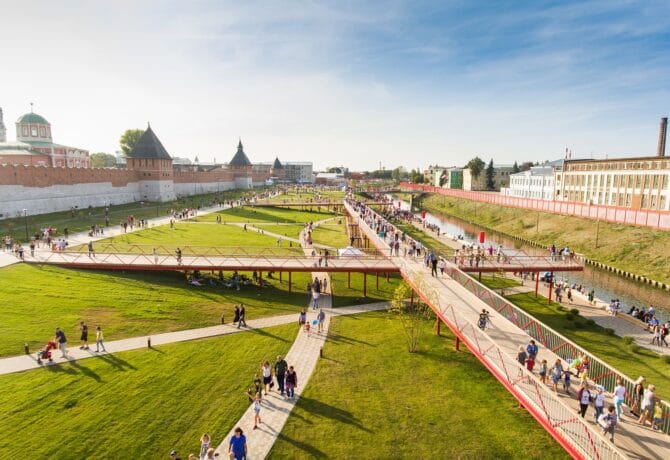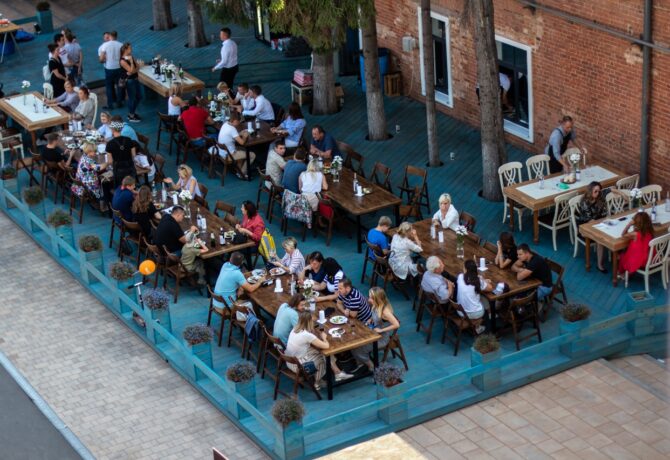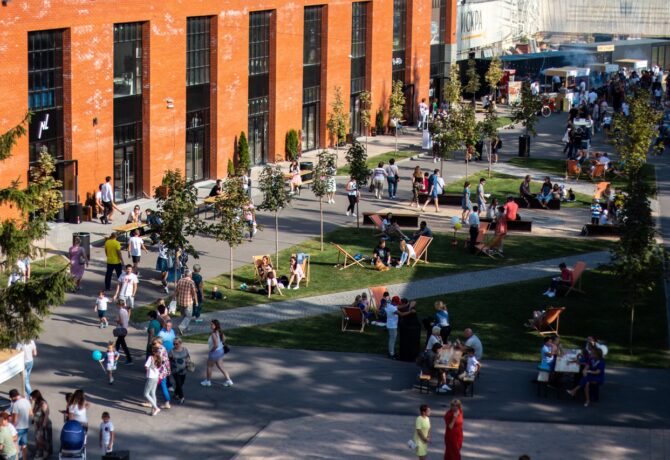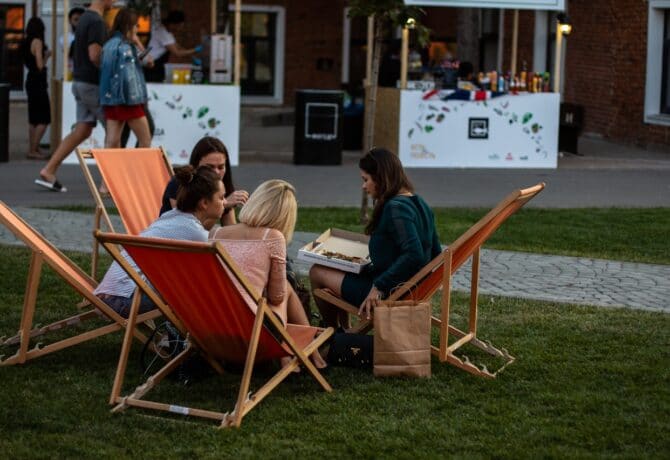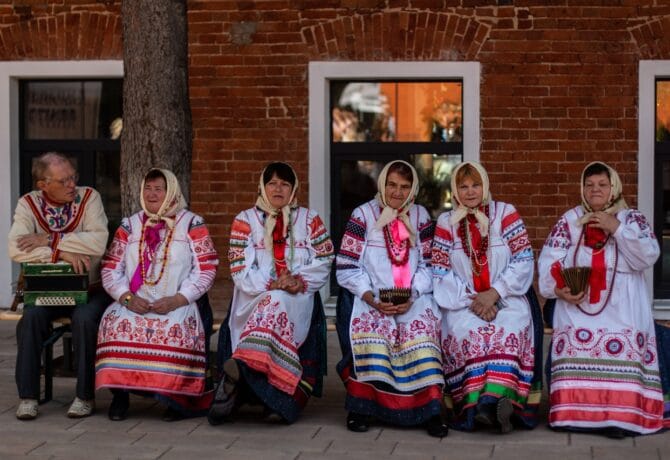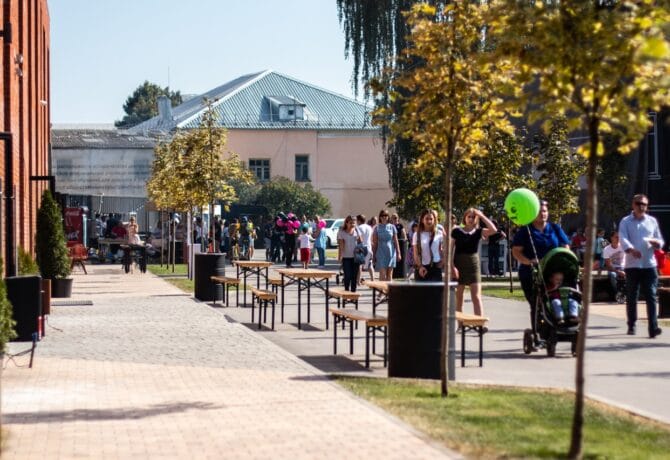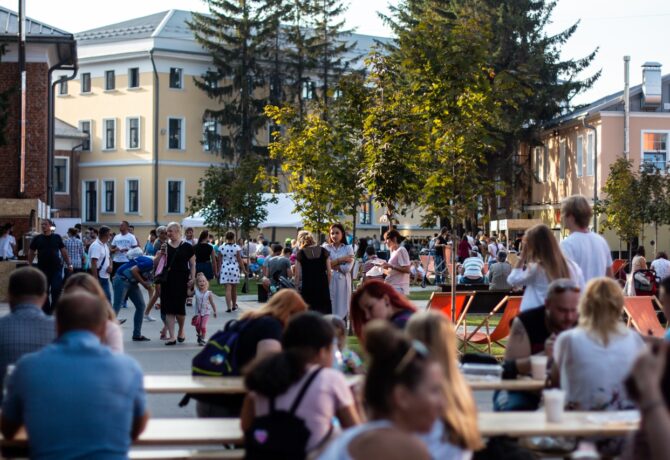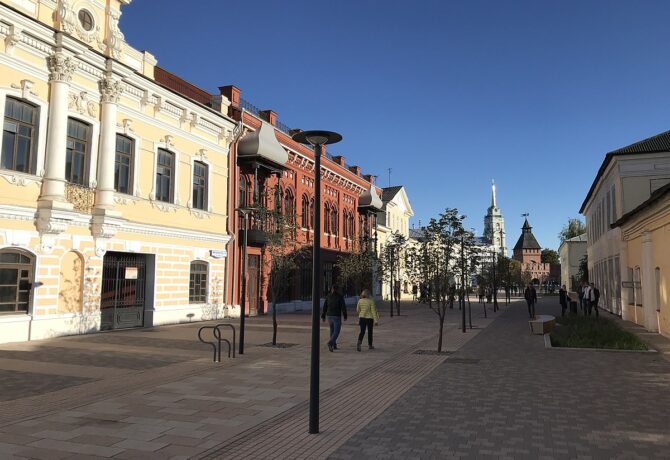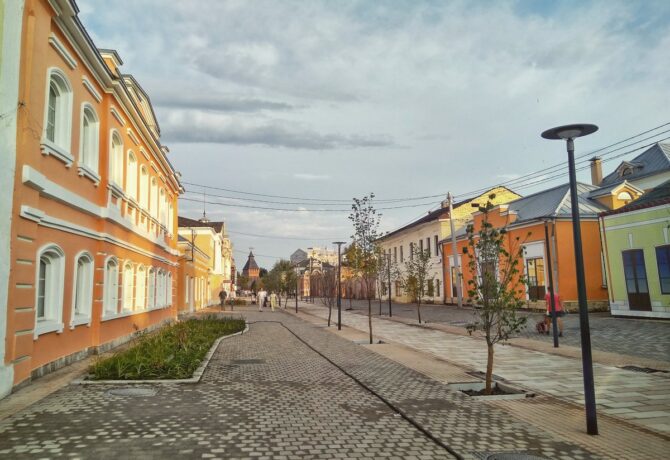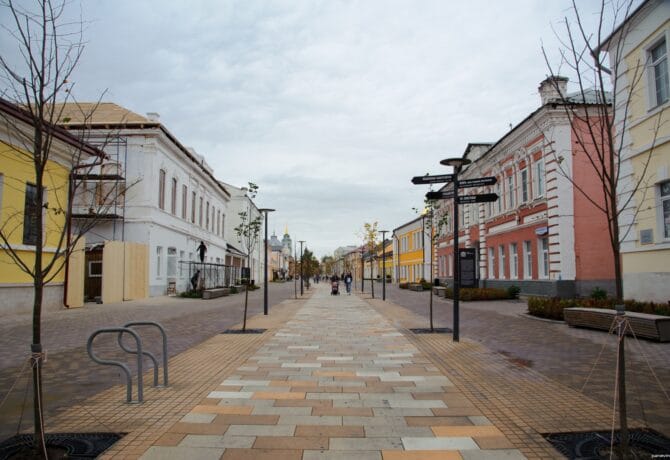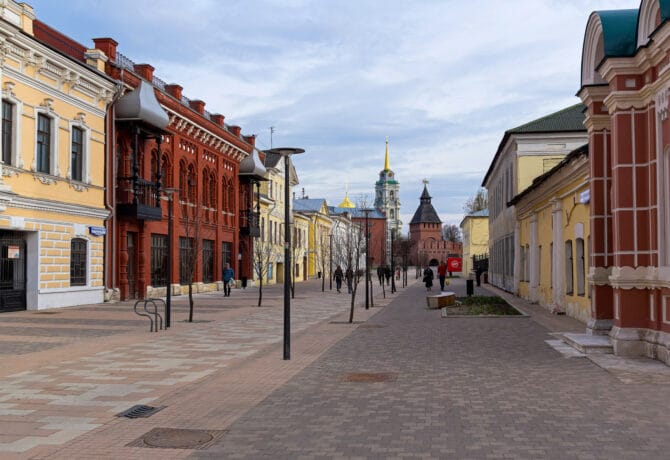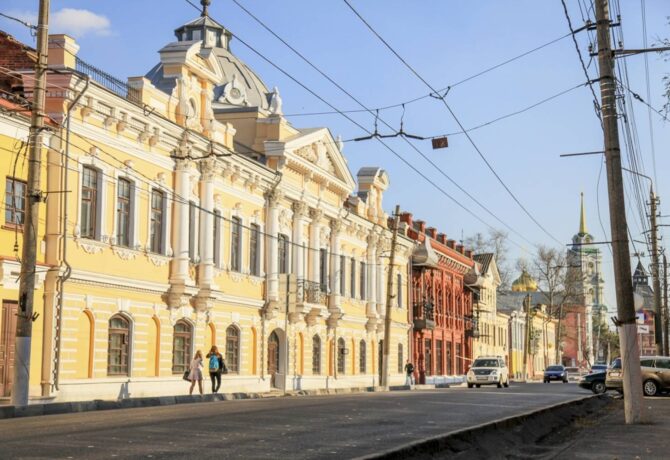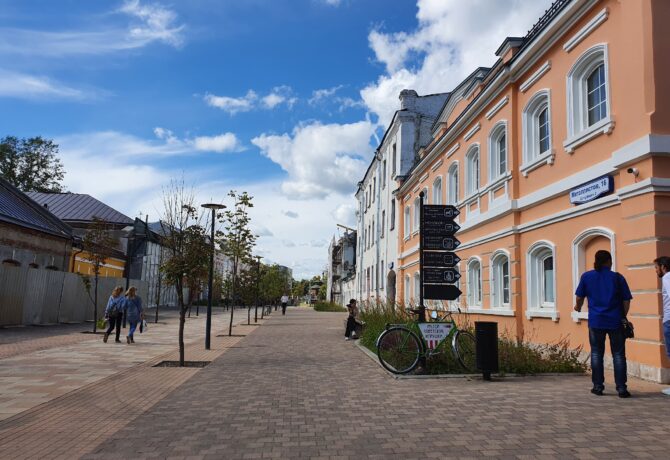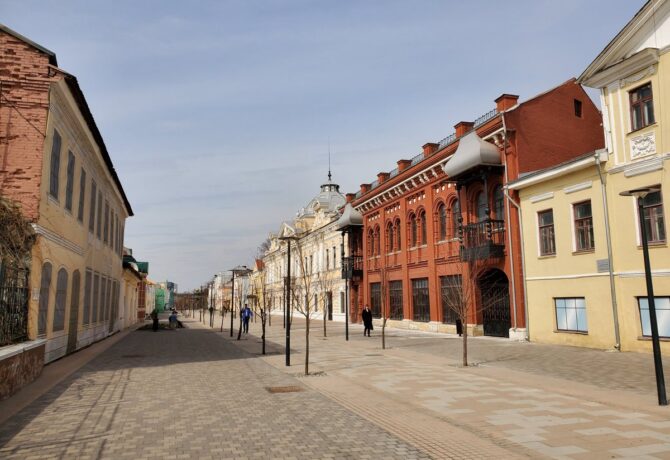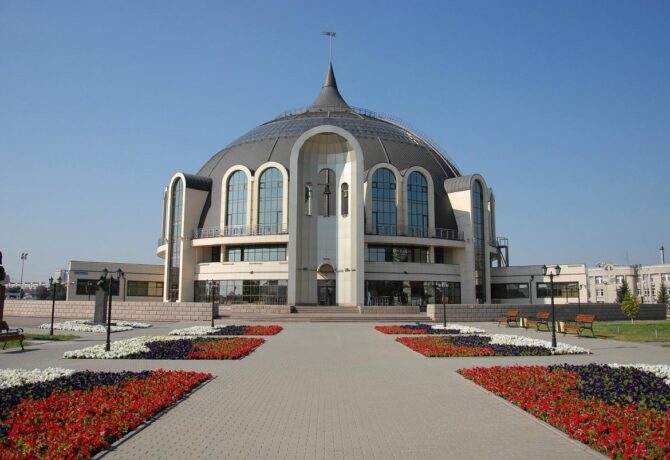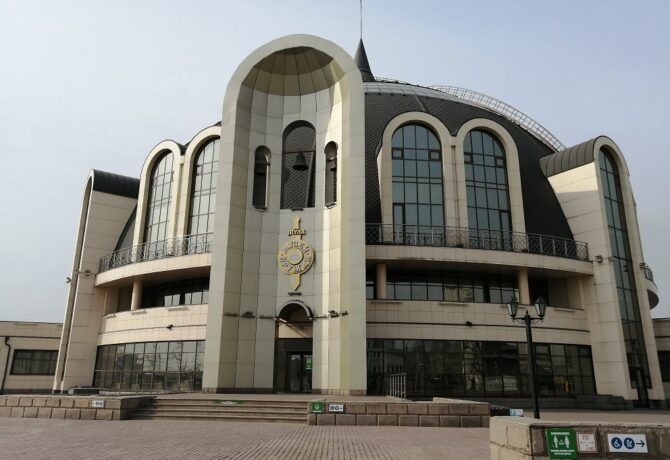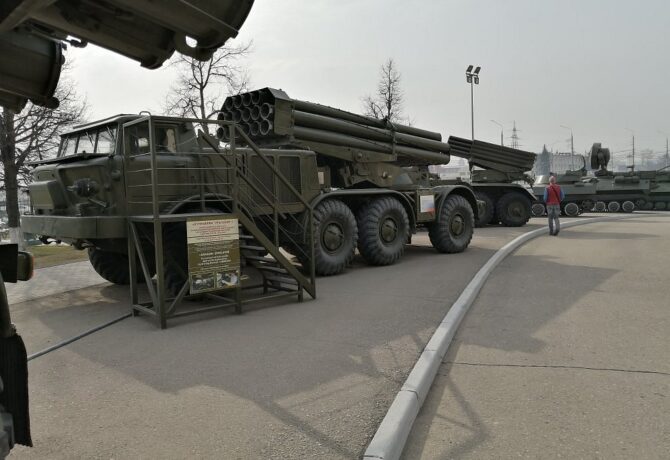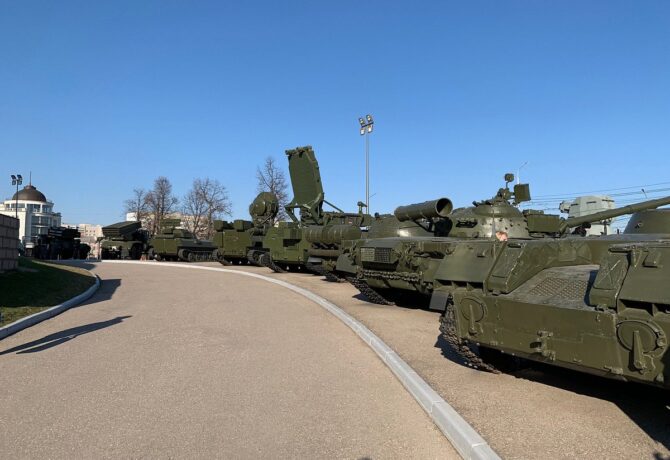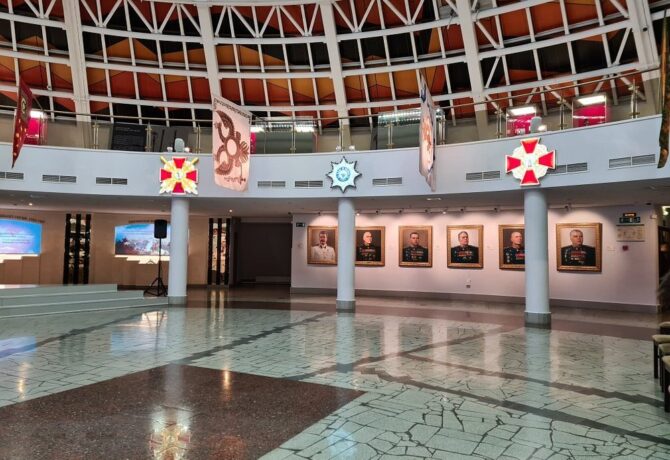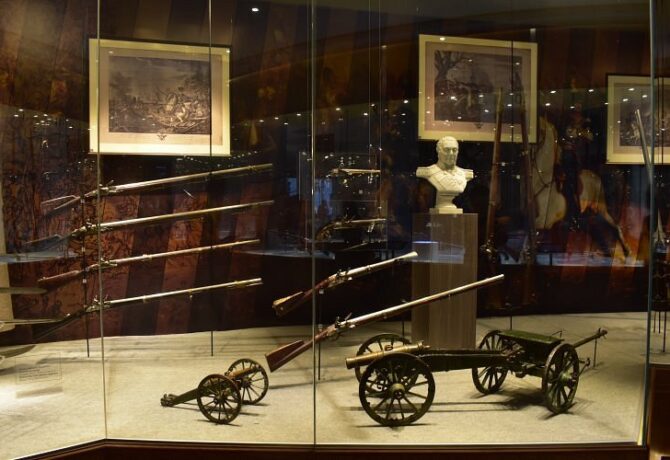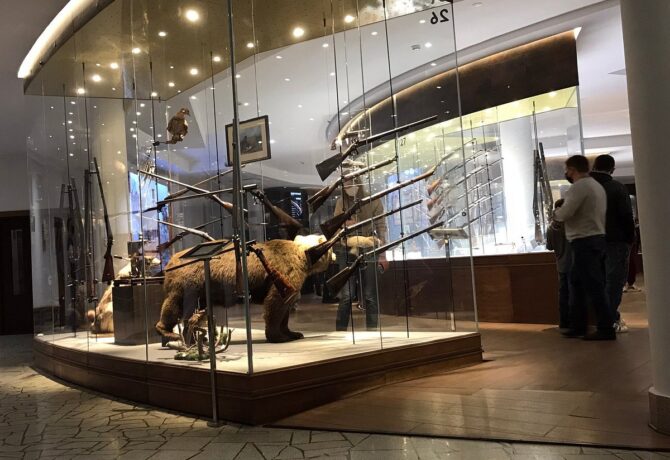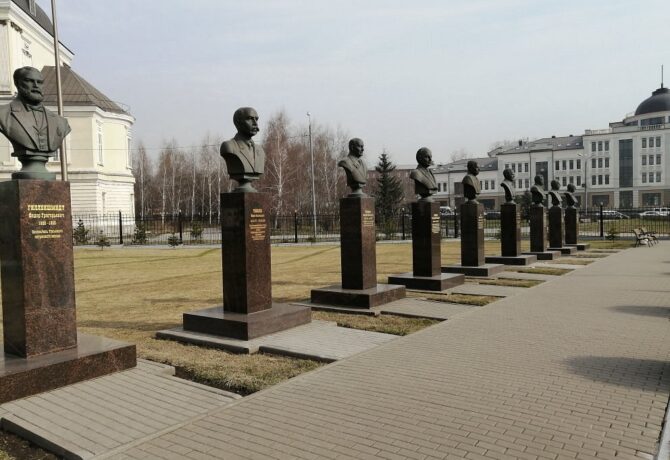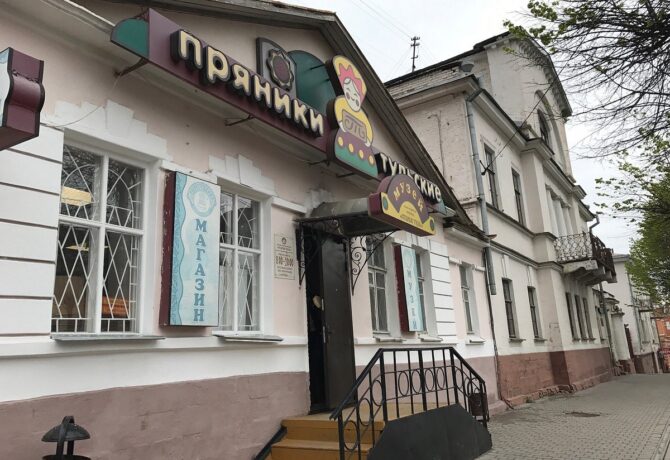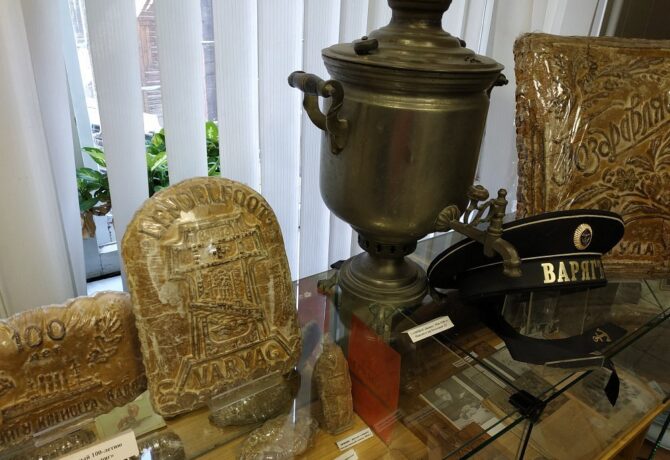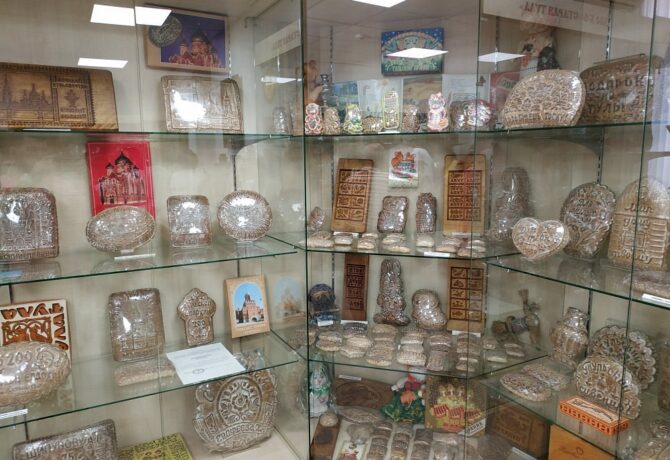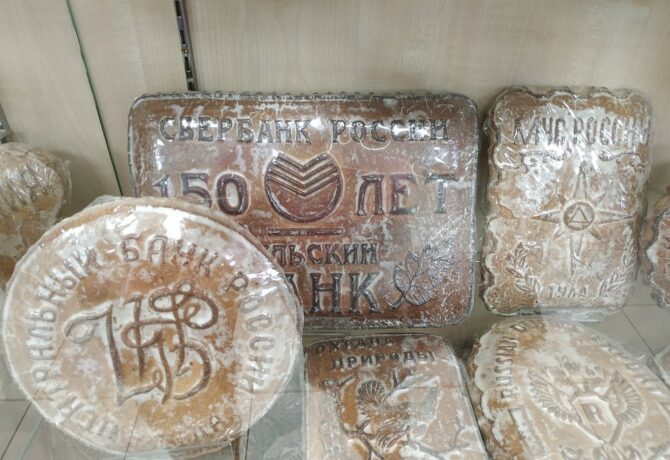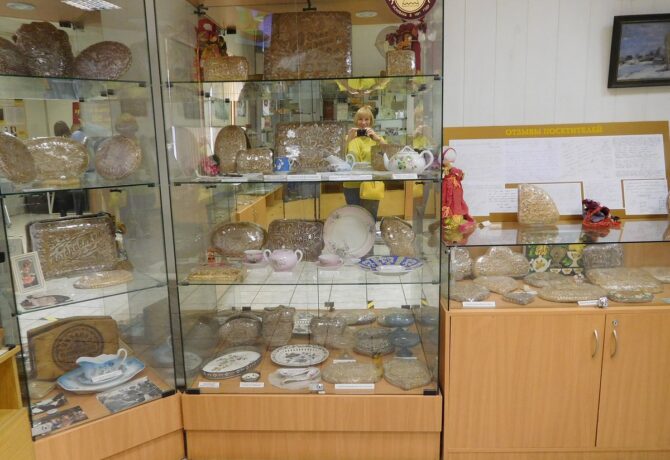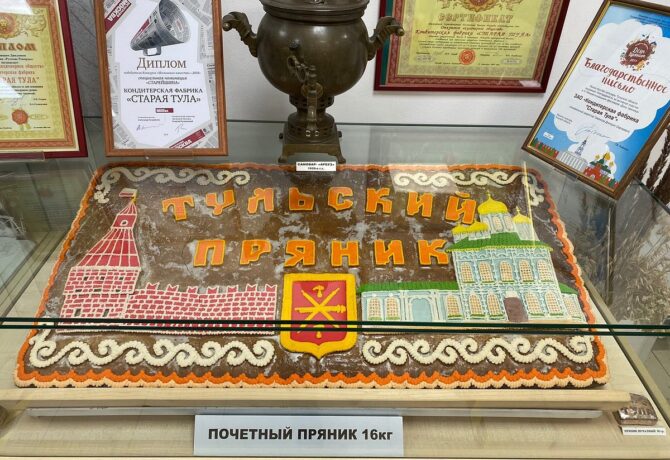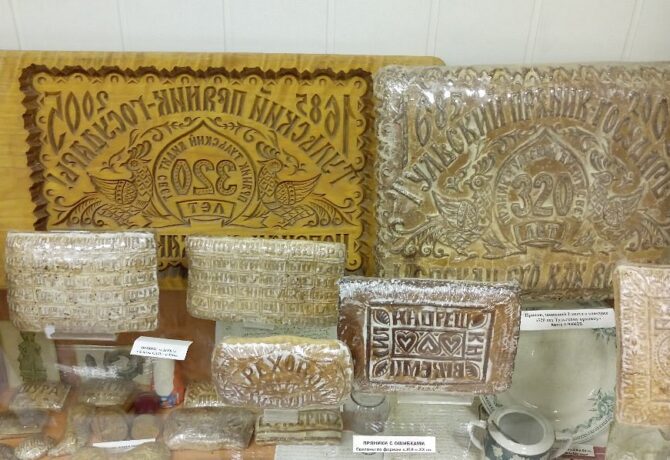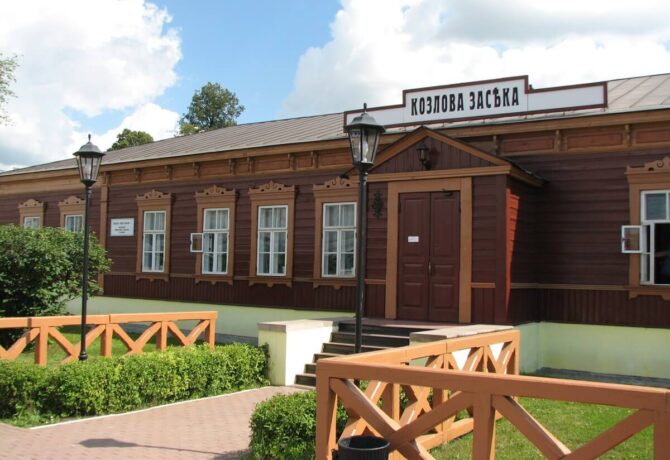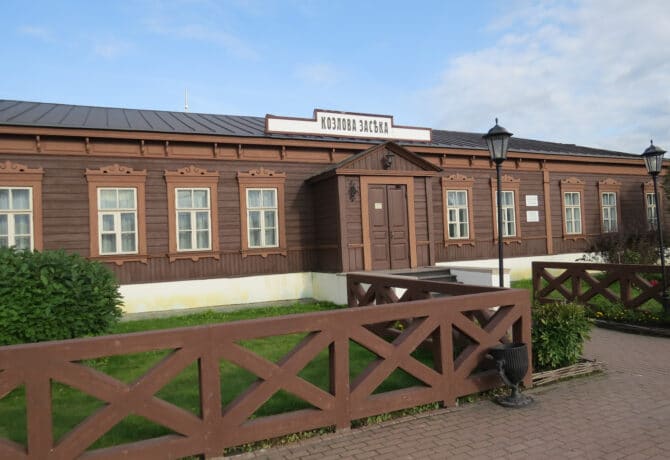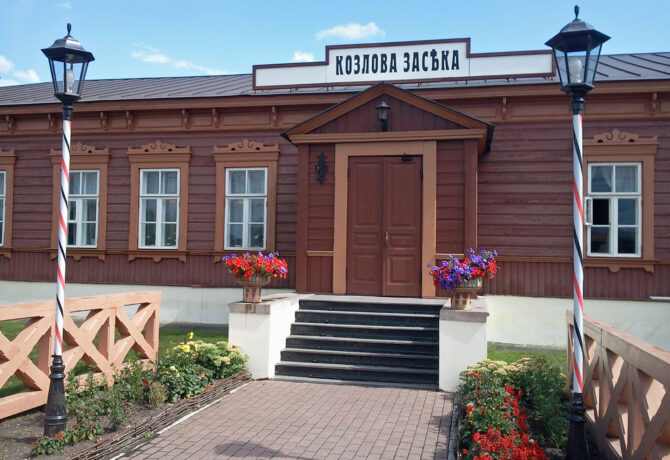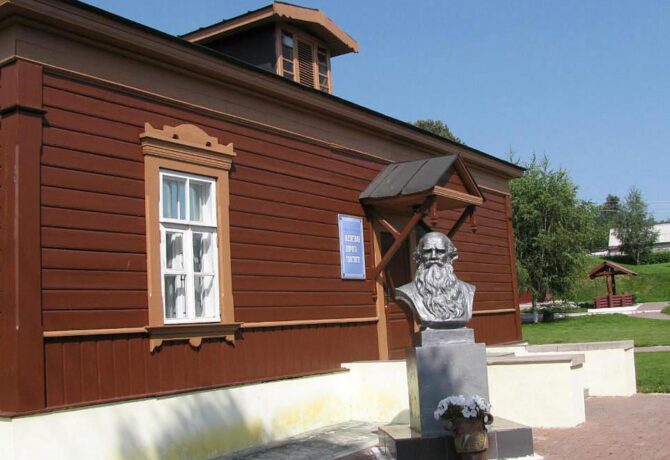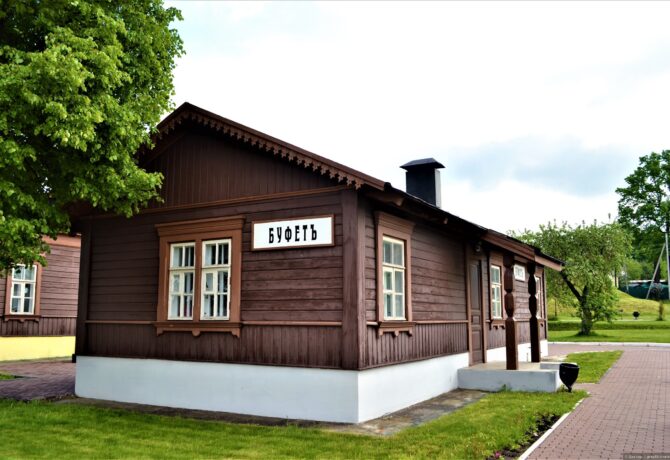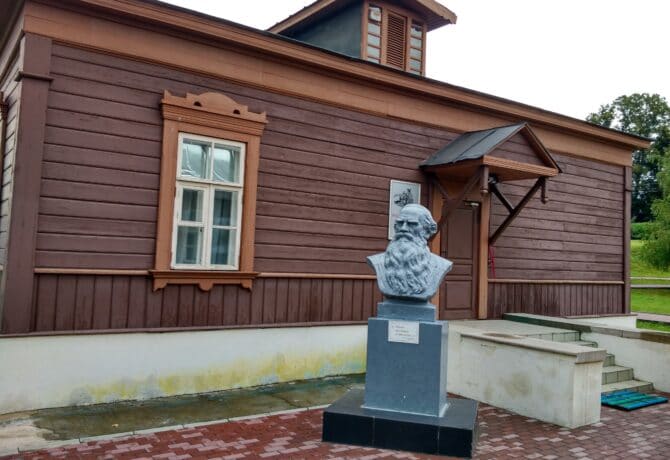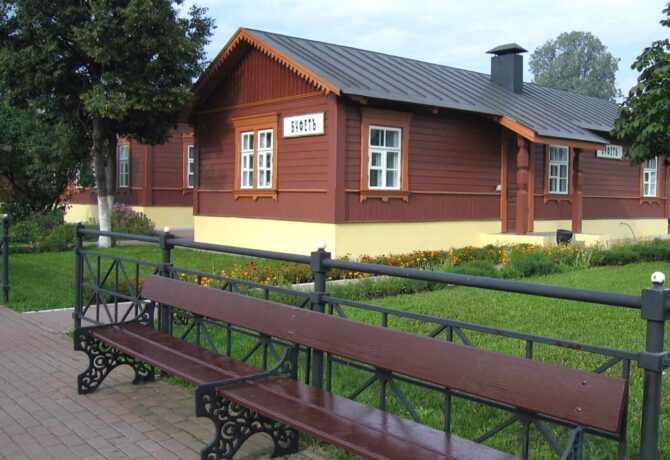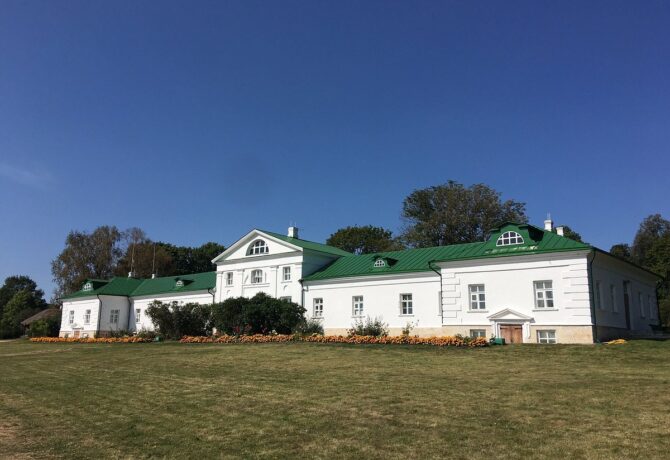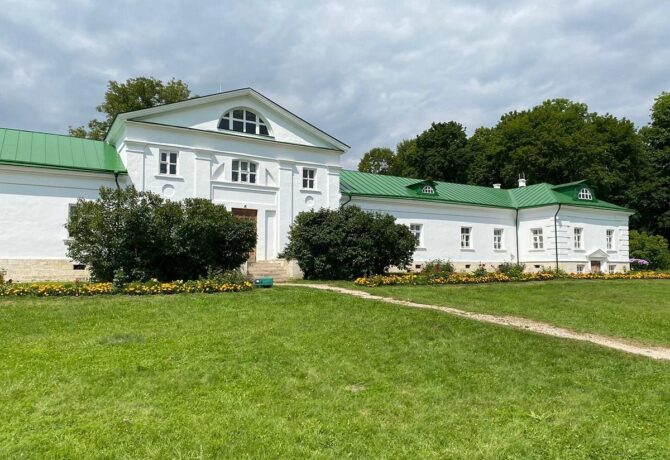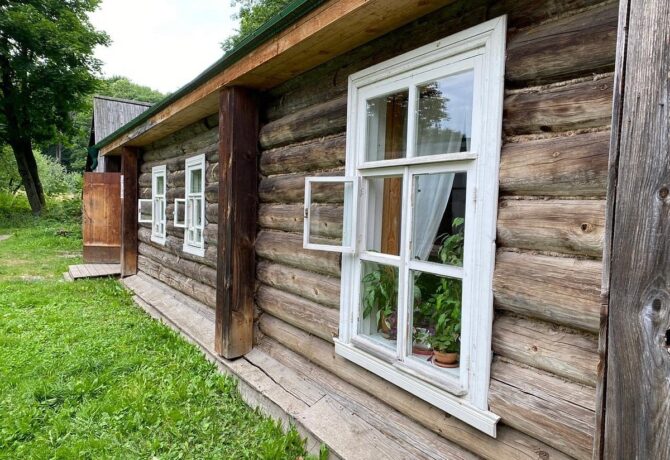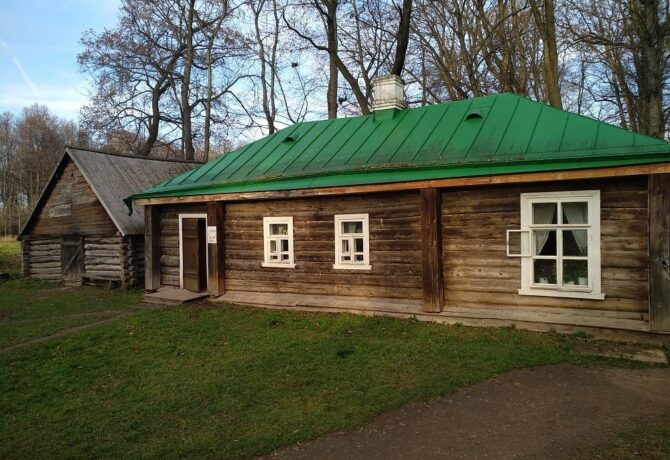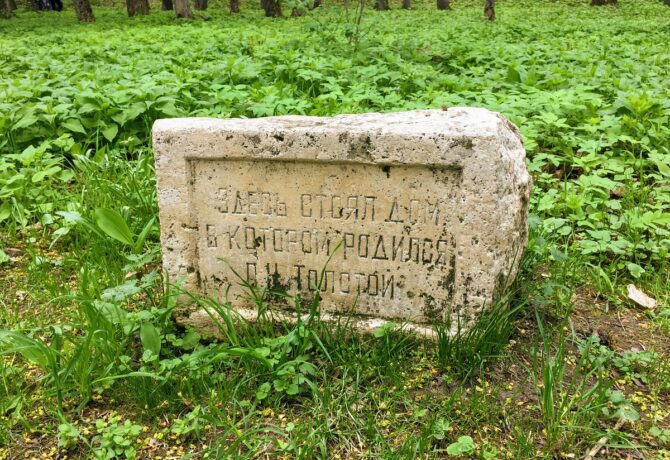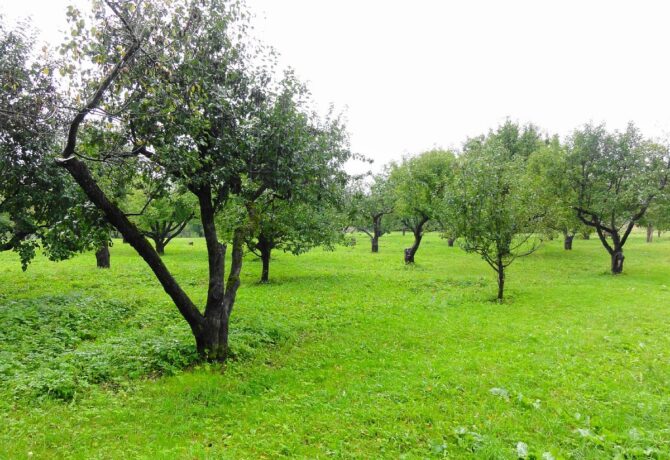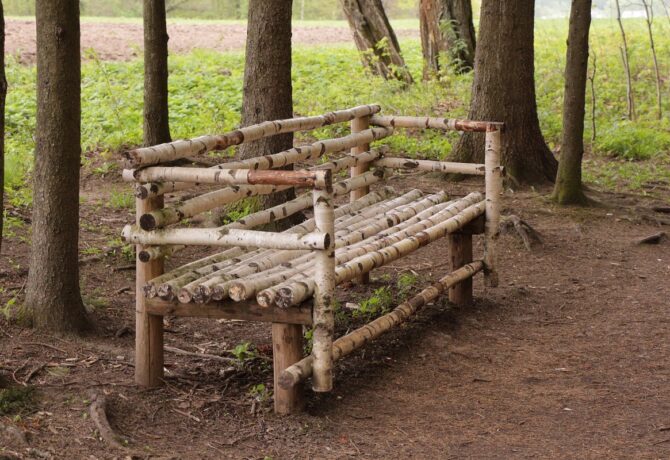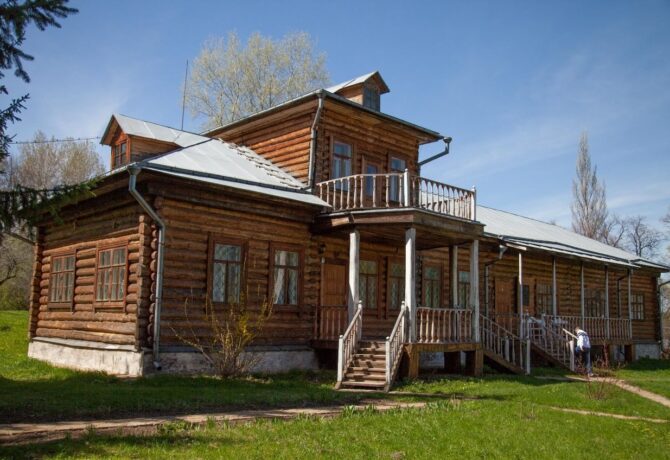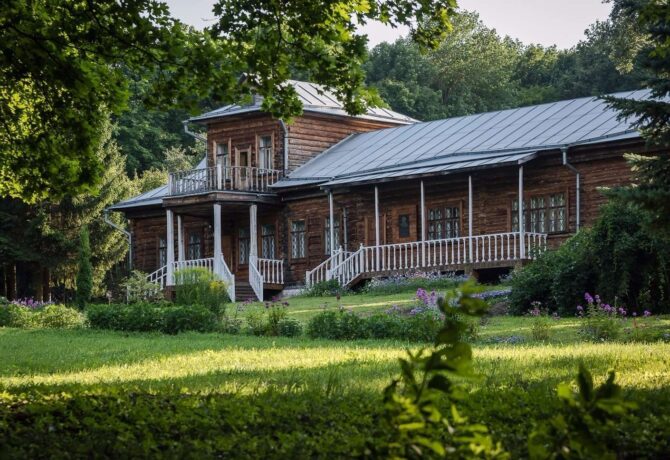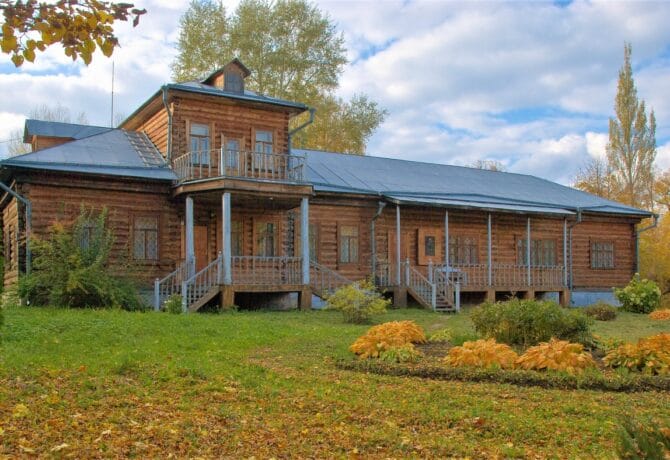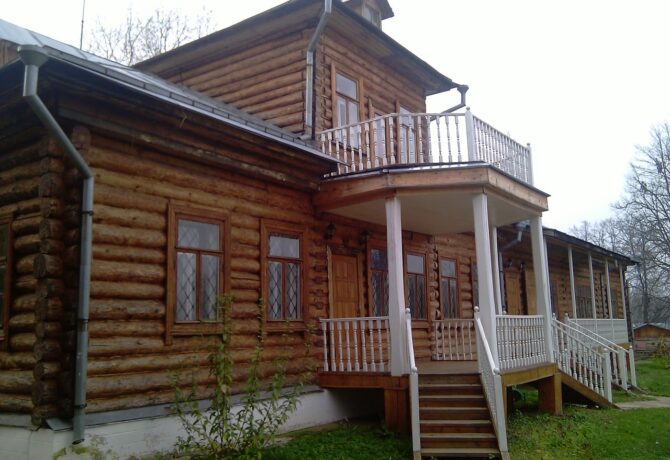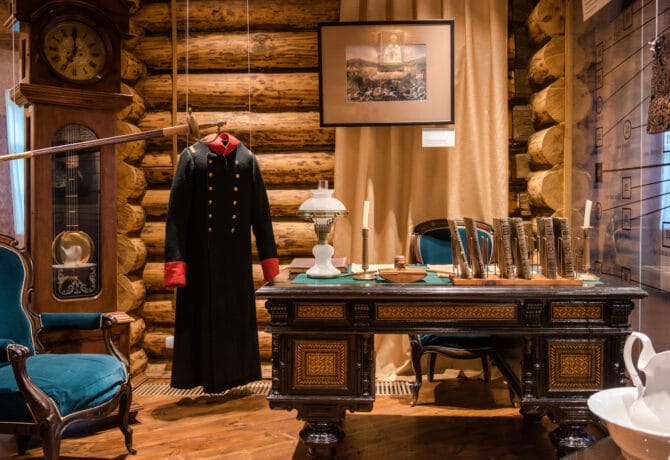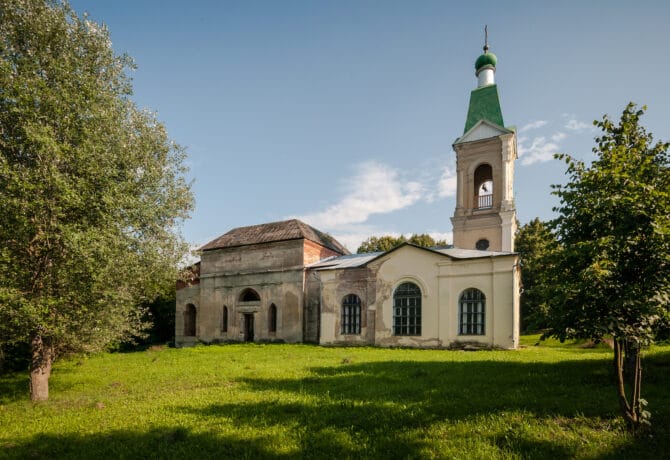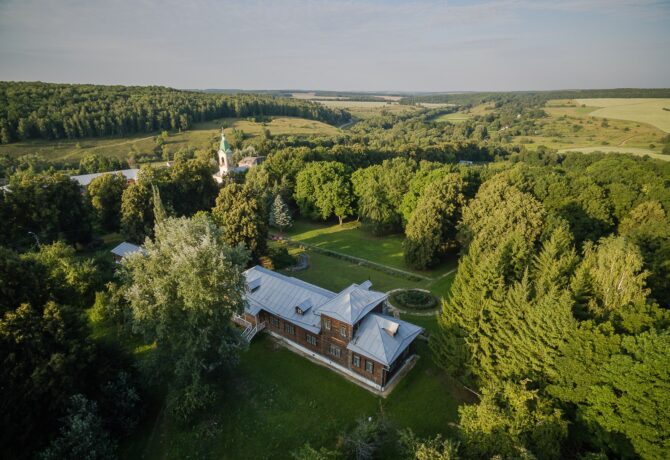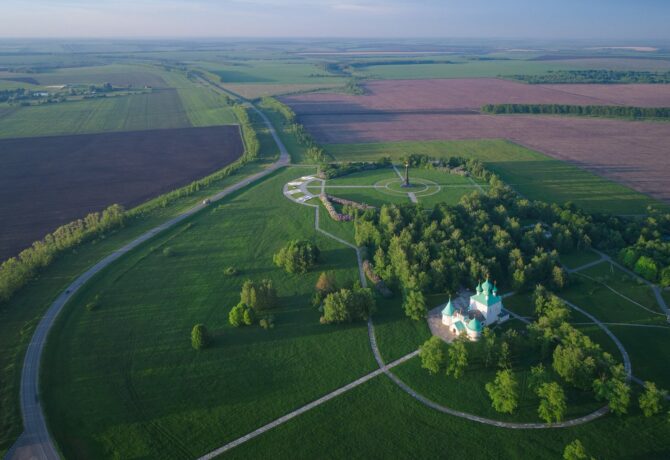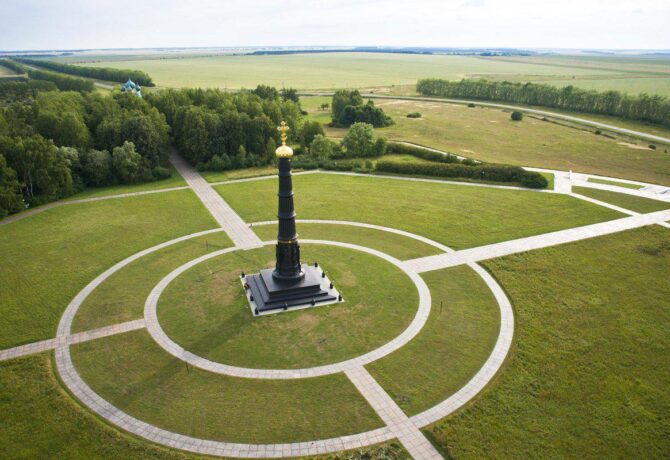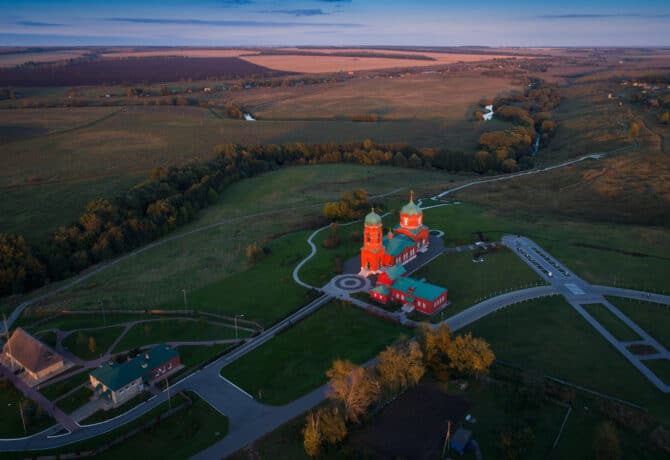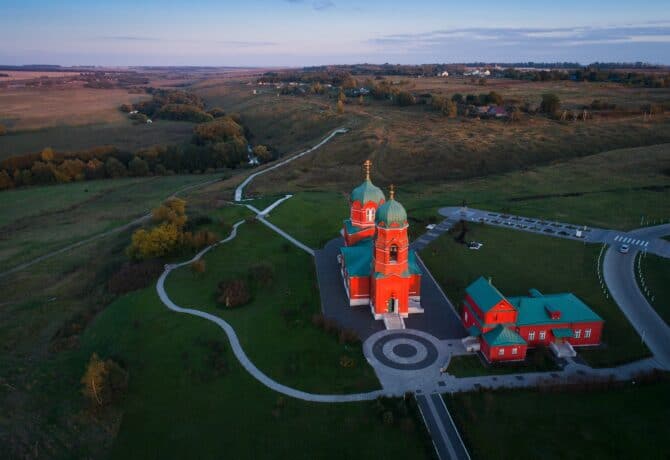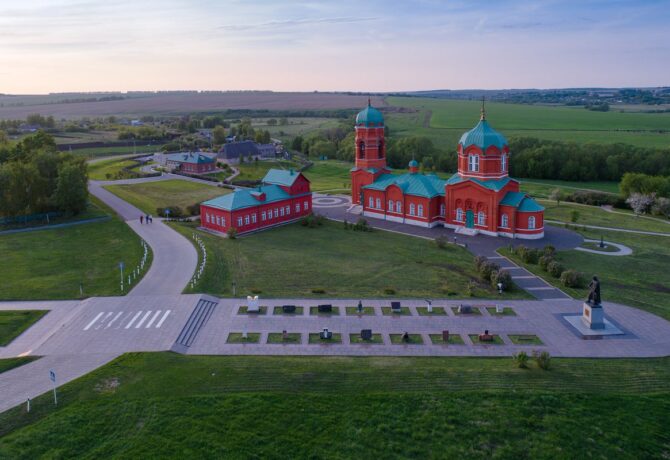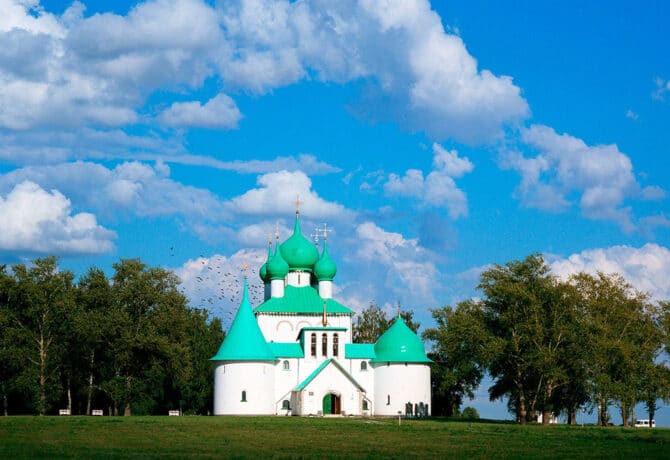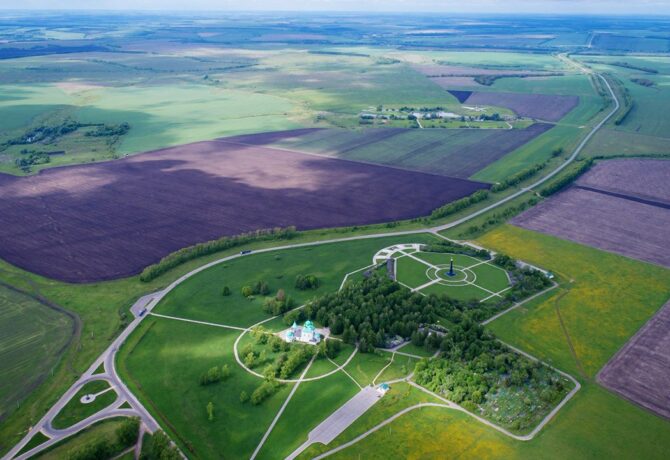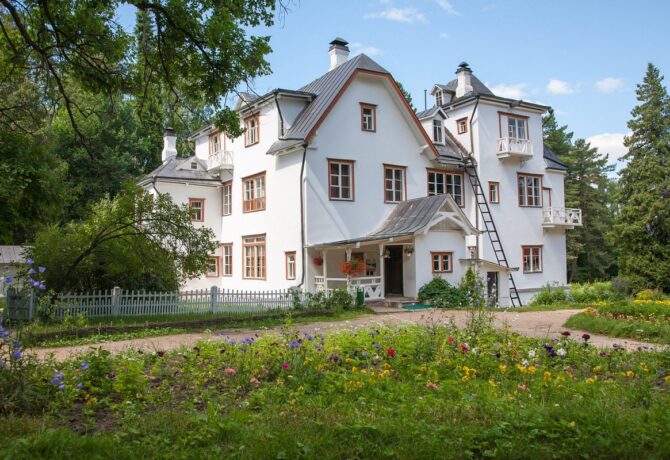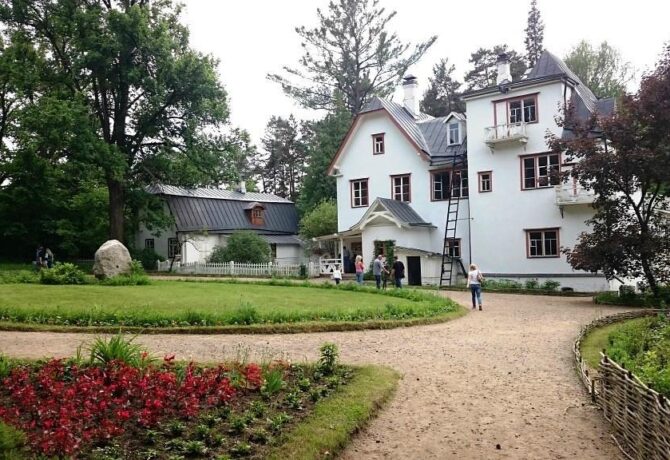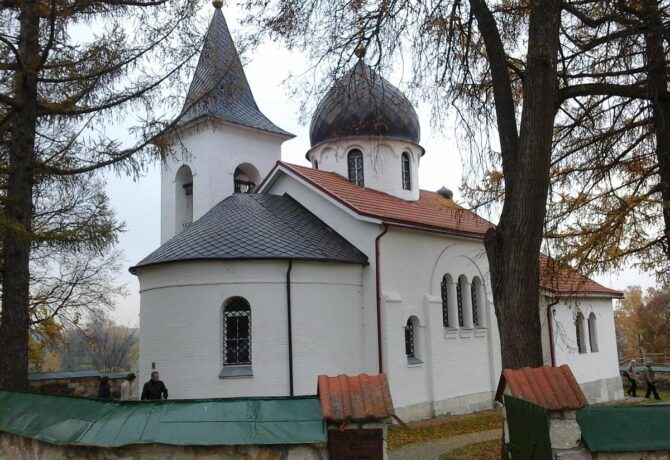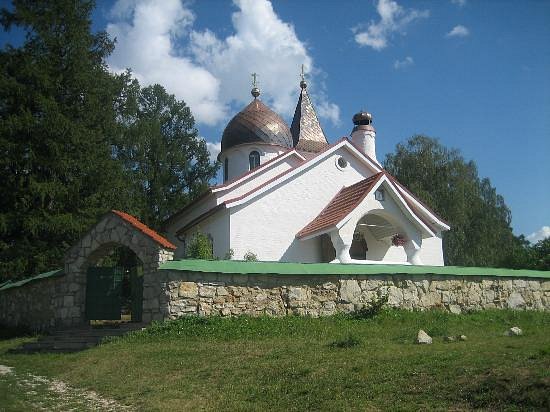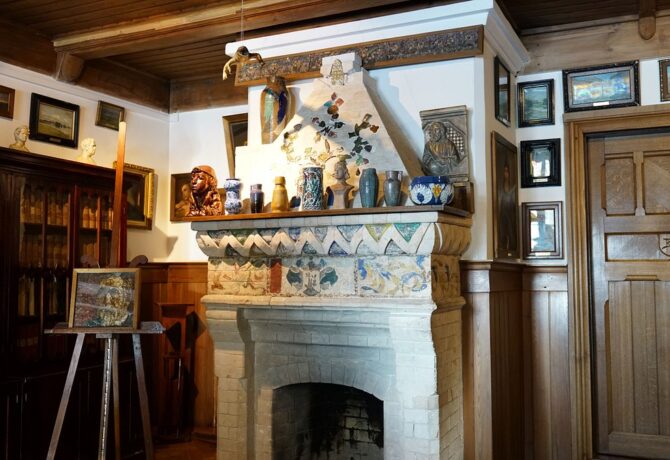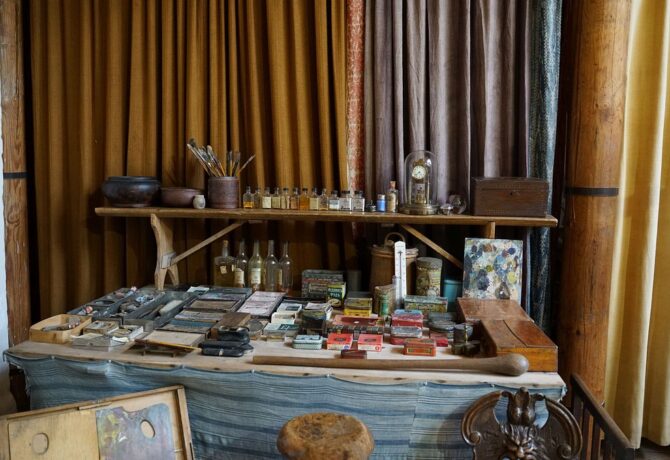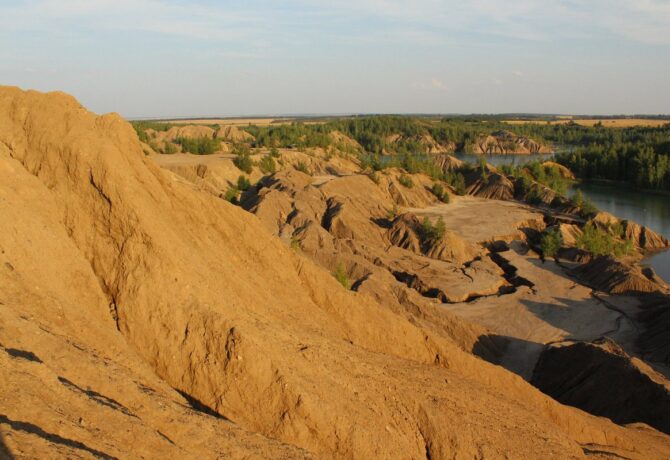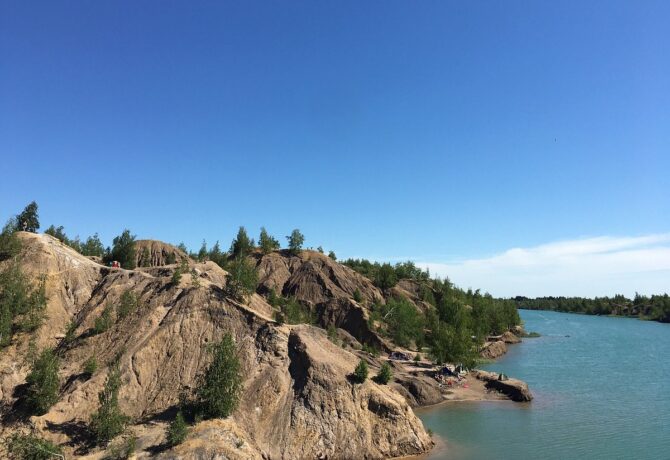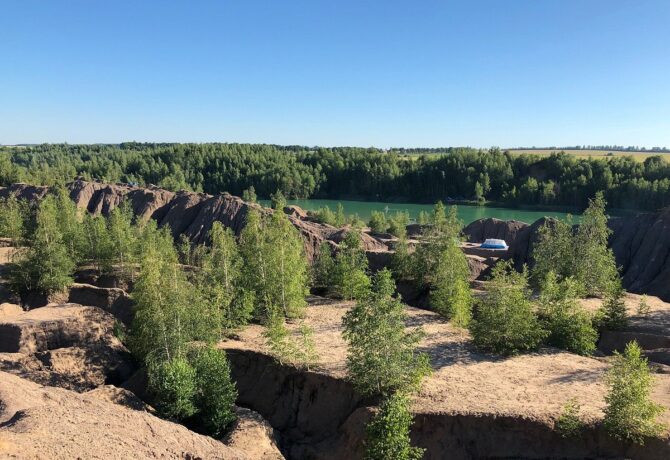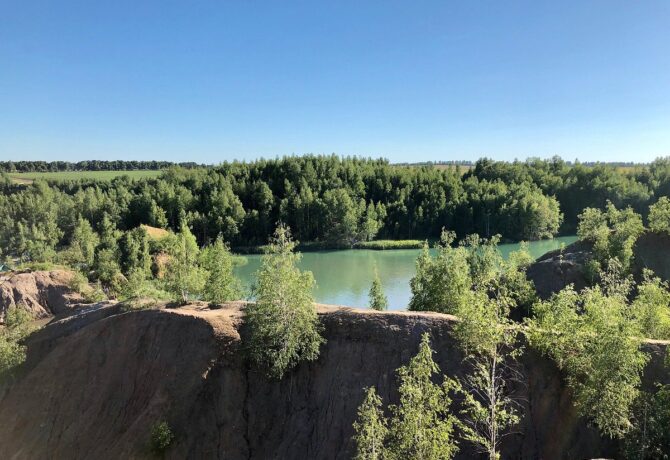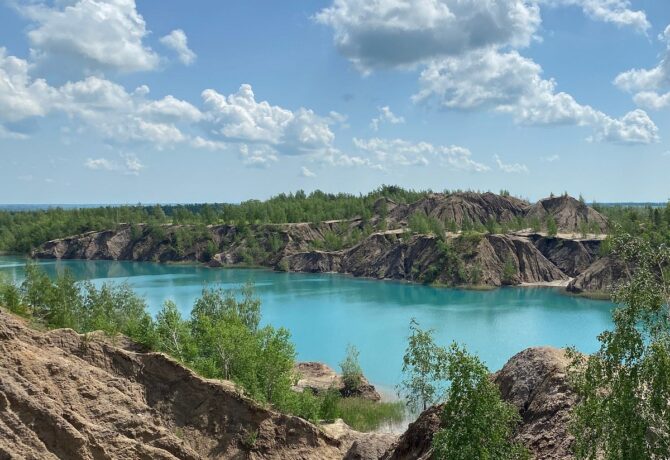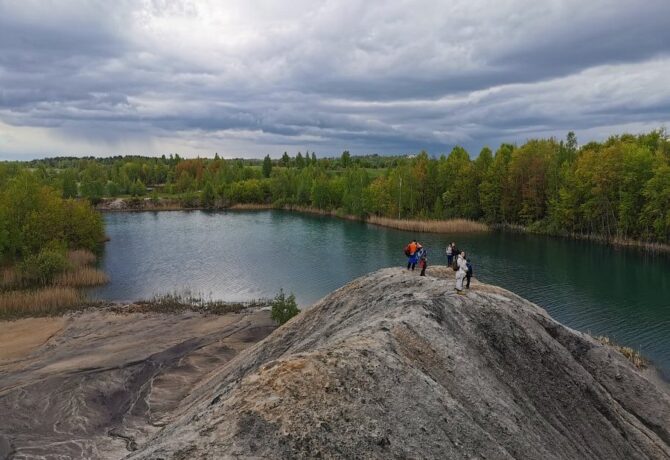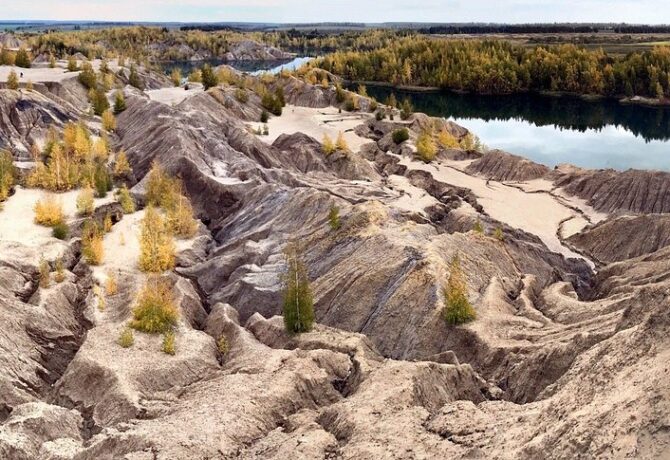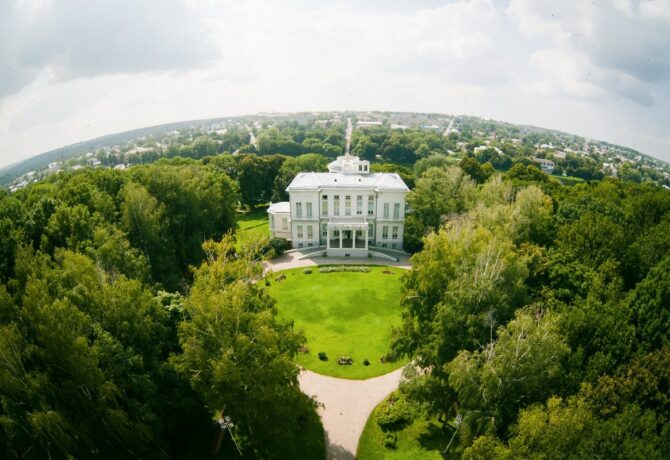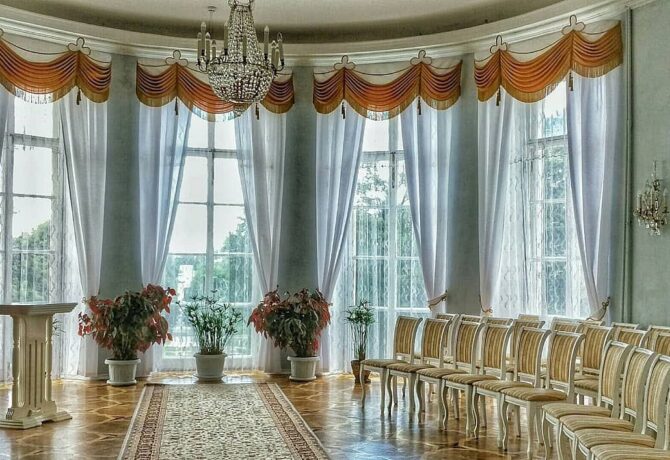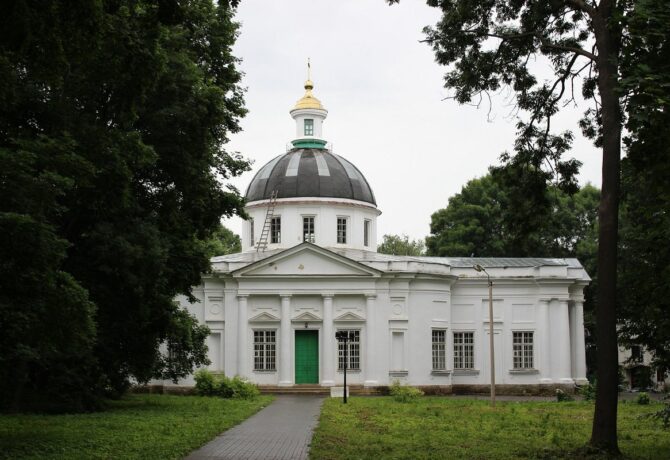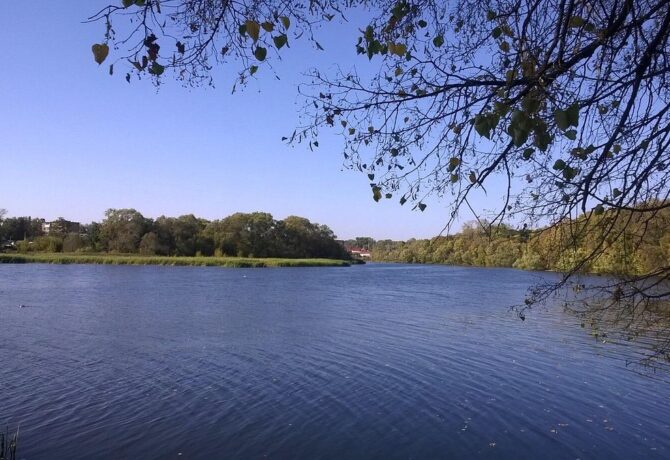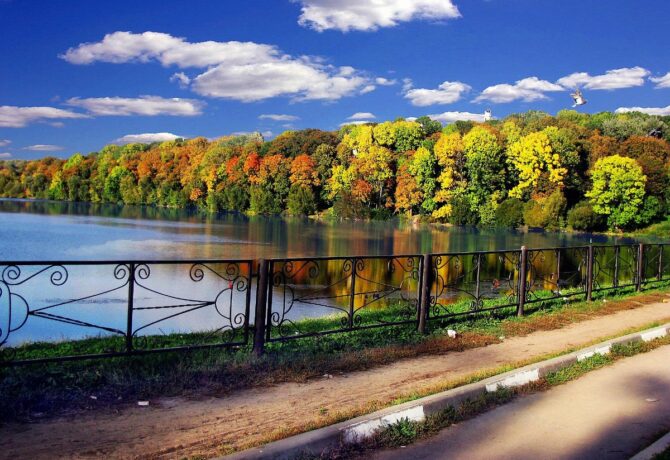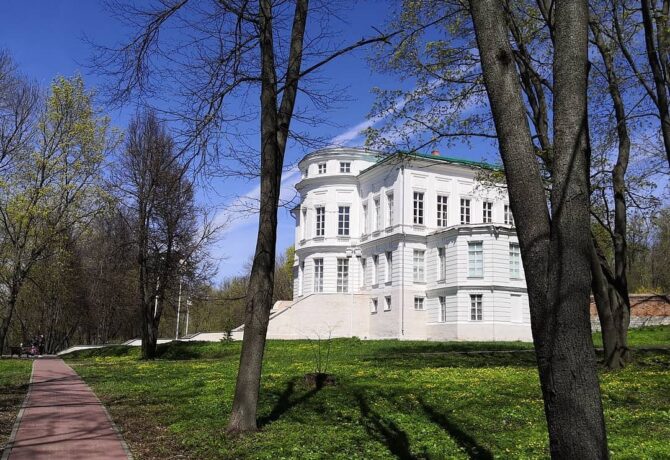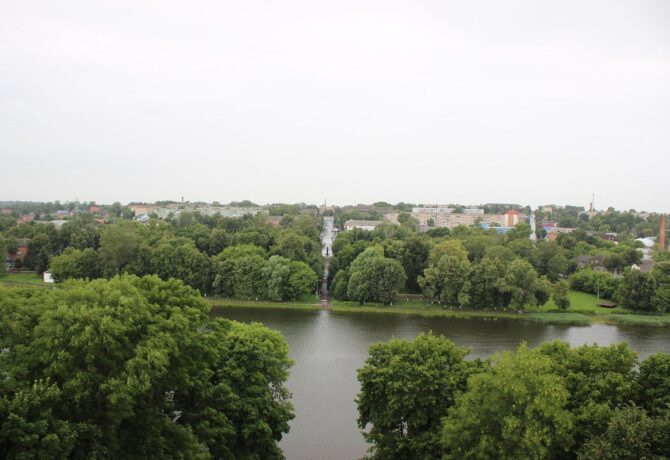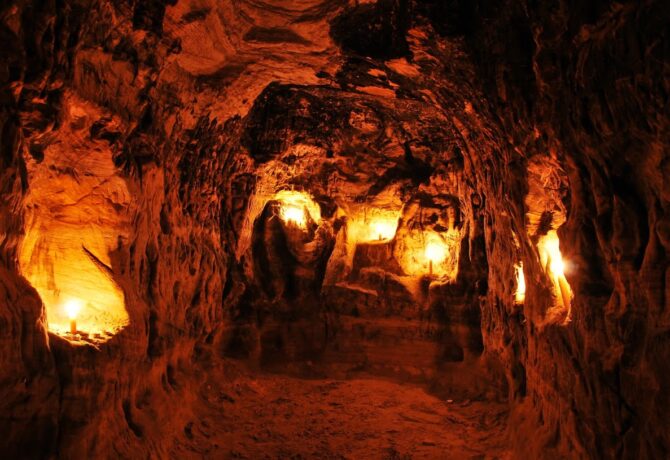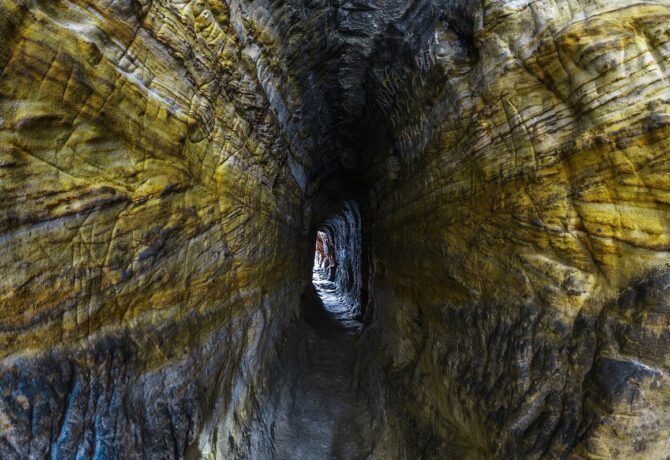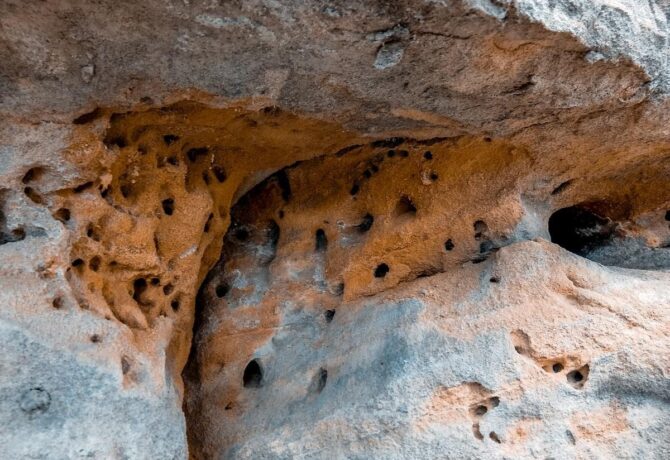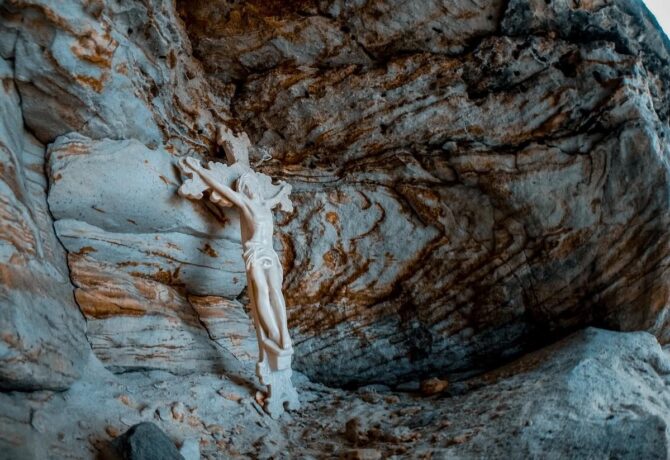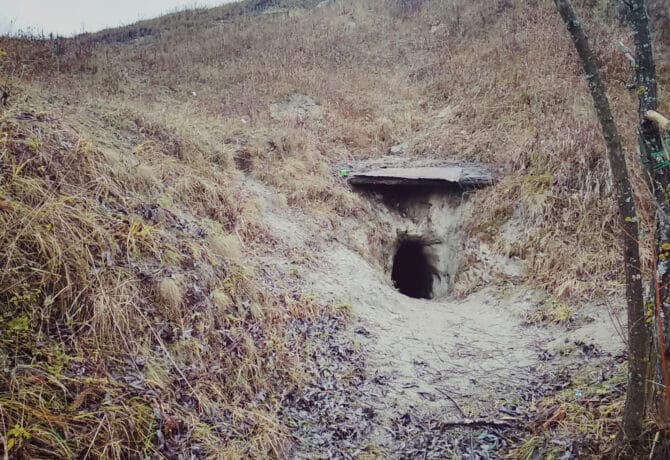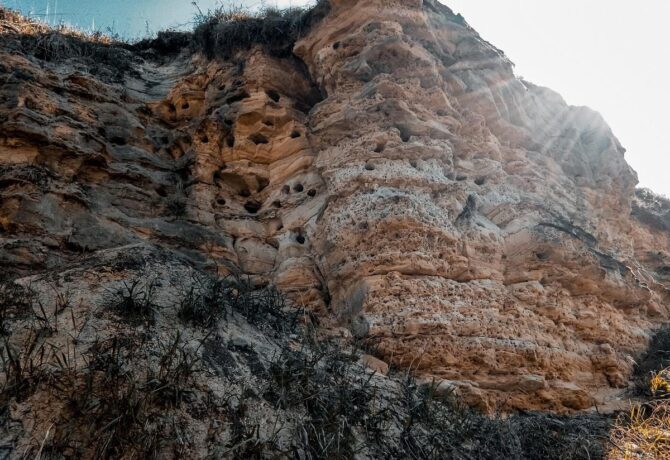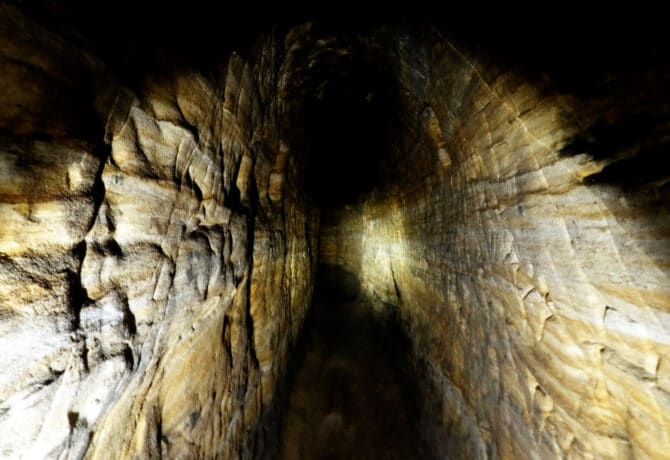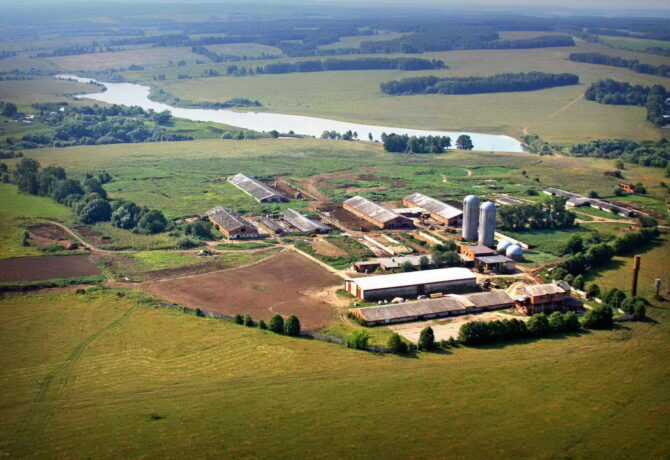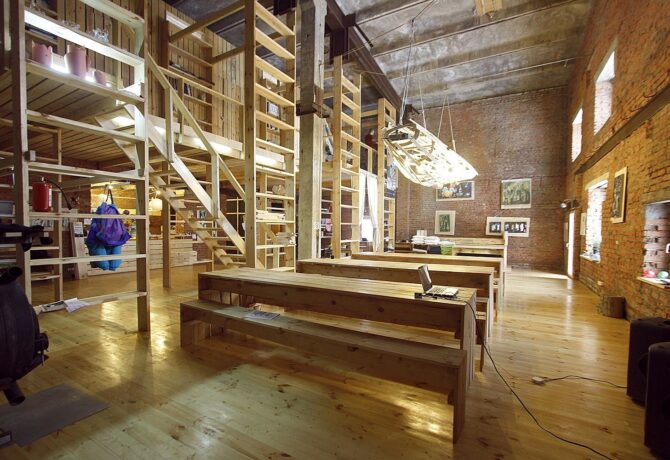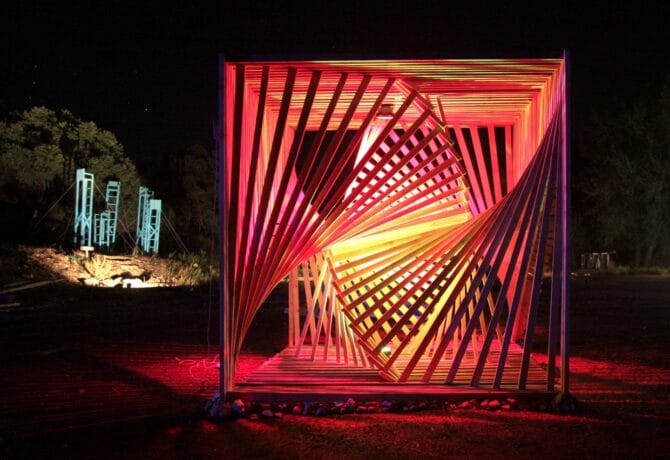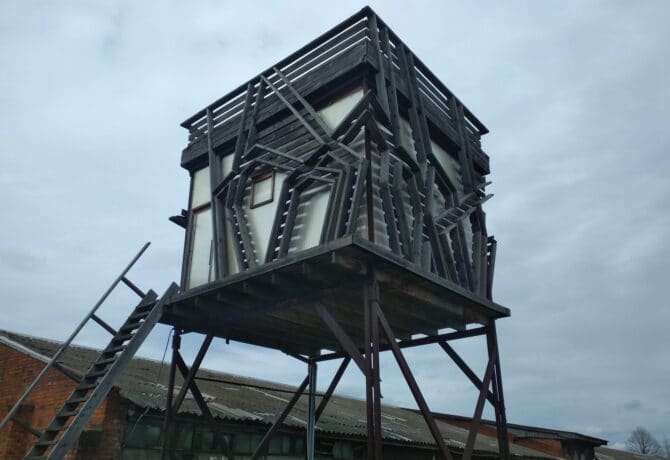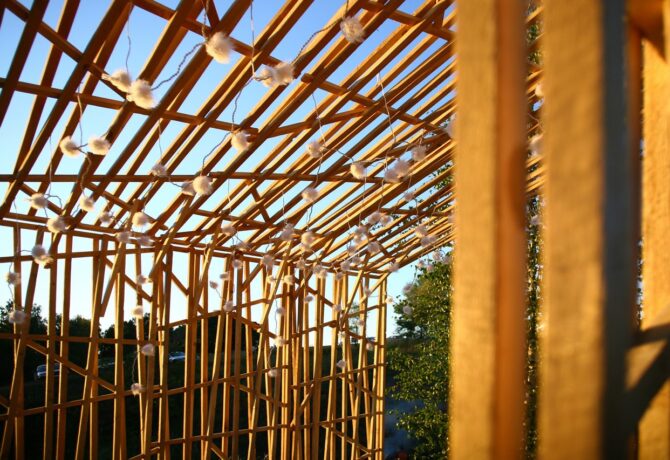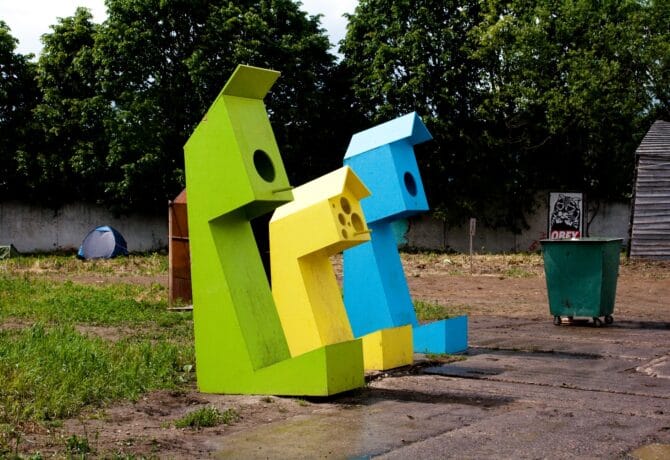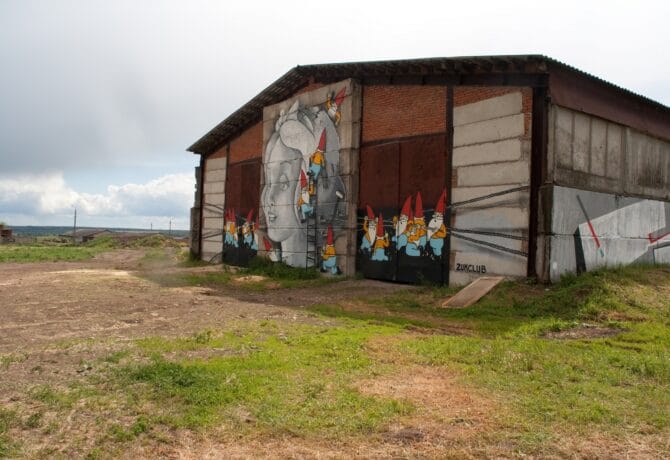Attractions in Tula are more than enough, enough for more than one walk. Tula is considered the capital of three native Russian brands at once – a gun, a samovar and a gingerbread. The ancient city, founded in 1146, finally entered the route “Golden Ring of Russia”. He won this right for a long time. But in Soviet times and immediately after it, too many secret facilities worked in the region. Therefore, Tula with its centuries-old history and glory of the first craft workshop of the country (here Lefty forged a flea) remained on the sidelines. In June [y], an agreement was signed to include the city in the Great Golden Ring of Russia. Tulyaks responsibly approached the organization of tourist infrastructure. Restaurants with an interesting entourage and cuisine appeared, hotels were reconstructed, a large number of entertainment outlets opened. It will not be possible to go through all historically significant objects in one day, but over the weekend you can master both urban and suburban destinations.
- 1 Old Tula pharmacy
- 2 Lenin Square
- 3 Museum “Tula samovars”
- 4 Tula Kremlin
- 5 Assumption Cathedral of the Tula Kremlin
- 6 Epiphany Cathedral of the Tula Kremlin
- 7 Gingerbread Museum (in the Kremlin)
- 8 Kazanskaya embankment
- 9 Urban space “Iskra”
- 10 Metallistov Street
- 11 Tula Museum of Weapons
- 12 Museum “Tula gingerbread” Oktyabrskaya str., 45a
- 13 Station-Museum “Kozlova Zaseca”
- 14 Museum-estate of L. N. Tolstoy “Yasnaya Polyana”
- 15 Manor Nikolskoe-Vyazemskoye
- 16 Museum-Reserve “Kulikovo Field”
- 17 Manor Polenovo
- 18 Blue Lakes. Romantsevskie Gory (Konduki)
- 19 Bogoroditsky Palace-Museum and Park
- 20 Arapov Underground Monastery
- 21 Archfarm in Tula
- 22 Attractions Tula on map
Old Tula pharmacy
If hotels in the center were chosen for accommodation, for example, 4-star “Armenia” or hostel “Katarina”, then you can start an excursion walk with the oldest pharmacy in the city. It was opened by the collegiate assessor, pharmacist Ferdinand Georgievich Belyavsky in the middle of the 19th century. Until 2011, medicines were sold here. Today, the only pharmacy museum in Russia has been created in the room. The exposition recreates the spirit of the era of the century before last: medicinal herbs are hung everywhere, real leeches live in bottles, and a collection of fly agarics is exhibited in the showcases. Visitors will be told how and from what medicines of past years were prepared. The pharmacy is directly connected to the nearby Kraft House. He was a little-known pharmacist. His name and house were used by the artist Leonid Tishkov. Now there is a gallery of modern art, which you can visit separately or by buying a single ticket for both exhibitions. The pharmacy and gallery are departments of the Tula Historical and Architectural Museum.
Official site: https://tiam-tula.ru/
Address: 27, Lenina Ave., Tula, Russia
Lenin Square
From the Old Pharmacy it remains to walk 450 meters along Sovetskaya Street to the main square of Tula. Here are the main administrative buildings of the city, mass processions are held, the Kremlin has been preserved from the sights. The square appeared in the 70s of the 20th century after the reconstruction of Kievskaya Street. Today, it still contrasts with the monument to the leader of the proletariat, art objects and ancient buildings. But a plan has already been prepared for the return of the square to its historical appearance. Some of the buildings demolished in Soviet times will be restored. From other areas of Tula to Lenin Square can be reached by public transport. Buses 1, 11, 18, 25, 27a, 28, 28a, 117, 175, trolleybuses 1,2, 11, many fixed-route taxis stop here.
Museum “Tula samovars”
From Lenin Square departs Mendeleevskaya Street, where the museum “Tula Samovars” is located. It opened in 1990 in a building built in 1911. The exhibition presents samovars of industrial and handicraft production, starting from the 18th century. Among the exhibits there is also a prototype of a samovar – a sbidennik. The basis of the collection is the products of the factories of the brothers Lisitsini, Somov, Malikov (18019 century). In the second hall the products of samovatory factories batashev, Fominykh, Shemarin, Telbe are exhibited. The shop sells souvenir samovars made of tin, ceramics, wood and birch bark. A separate exhibition is dedicated to decorative samovars. Among them are gift options, which at one time were engraved with memorable inscriptions to the family of Nicholas II, and in Soviet times to prominent party functionaries.
Website: https://www.museum-tula.ru/muzei/muzej-samovar/
Address: 8 Mendeleevskaya St., Tula, Russia
Tula Kremlin
The oldest engineering and architectural structure of the city is the Tula Kremlin. It was built from 1514 to 1520 to strengthen the defense of the settlement from the raids of nomadic peoples from the east and south. After the need for the border disappeared, the Kremlin was tried several times to demolish. But all the time the authorities intervened, and at the highest level, and the residents of the city. So by order of Catherine II it was completely repaired. When in 1911 they took a look at the white stone from which the fortress walls were laid, the public stood up to protect the Kremlin. Funds for repairs were not found, but the whole world won the historical landmark. In the 30s, they were going to demolish the southern wall to expand the area for demonstrations. Again, the public opposed vandalism. In the 60s, there was even money to conduct a scientific examination of the age of the buildings and make a restoration. The last update of the attraction was postponed in 2012-14. Money was collected by the whole world. Only thanks to the patriots of the Tula land, their Kremlin today looks simply delightful, although too modern. On the territory there are 9 towers, 4 of them with a travel gate, the Assumption (acting) and Bogoyavlensky (now the museum of weapons), cathedrals, shopping arcades. The territory is landscaped, lighting is installed, around the perimeter (6 hectares) there are benches for recreation. Ticket prices from 50 to 200 rubles, children under 16 years old are allowed free of charge.
Site: https://museum-tula.ru/muzei/muzej-tulskiy-kreml/
Address: 1/2, Kremlin territory, Tula, Russia
Assumption Cathedral of the Tula Kremlin
The Orthodox Cathedral will be of interest not only to believers, but also to all connoisseurs of art. This is the main temple of the city. It was built from 1762 to 1766. The name of the author of the project sann into oblivion, and the direct builders were Tula masons, artisans, blacksmiths and merchants who gave money for gilding for domes and other decorative elements. The majestic building with the bell tower is made in the Russian Baroque style. The inner walls were painted by Yaroslavl icon painters. Icons for the seven tiered iconostasis were painted by Tula masters. Of the 66 icons, 56 have survived to our time. This is largely due to the fact that after the closure in 1930, all church utensils, icons and vestments of the cathedral were transferred to the current Nikolochasenskaya Church. In 1945, the Assumption Cathedral was ranked among the architectural monuments of past centuries. He managed to avoid the fate of the Kazan Cathedral in St. Petersburg and not become a museum of the history of atheism. In 1960, the building was placed under state protection. Another year there was a warehouse of some goods in it, and then a new life began. Restoration work began in 1965 and lasted until 1991, when the temple was transferred to the hands of the Tula Orthodox diocese. Now there is the Cathedral of Tula, as well as excursions on behalf of the regional museum of local lore.
Address: Mendeleevskaya St., 8/2, Tula, Russia
Epiphany Cathedral of the Tula Kremlin
The fate of the former Epiphany Cathedral of the Tula Kremlin was different. Today it is a detant temple, in the premises of which there is a museum of weapons. The building was built in 1855-62. After the revolution, it was closed. The authorities decided to convert it into the House of Physical Culture with a large assembly hall and a library, but something did not work. In the spacious premises there is an aero club. But the athletes still achieved their goal by 1950. Before they settled in the building, the former temple was beheaded. All its 5 chapters were demolished. In this form, it still stands. In the 60s, a museum of weapons came here. A lot of money was spent on the reconstruction. In 2015, the restoration of the building began again, but the museum is not going to give it back to Orthodox believers.
Address: Mendeleevskaya Street, Kremlin territory, Tula, Russia
Gingerbread Museum (in the Kremlin)
During the next restoration of the Kremlin, shopping arcades were restored. Now on their territory there are various workshops, as well as the famous museum of international gingerbread. This is a unique project of Tula enthusiasts aimed at popularizing the traditions of national baking. At all times, the Souvenir Tula Gingerbread was considered an excellent gift for adults and children. During the tour, visitors are told about the history of the delicacy and the rules of its preparation. Then the participants themselves can try to make their own culinary masterpiece, using ancient recipes. master class is necessarily included in the program of visiting the museum. The meeting ends with a traditional tea party. Ticket price – 650 rub.
Site: http://mpryanika.com/
Address: Shopping arcades 15, 16, 17, Kremlin territory, Tula, Russia
Kazanskaya embankment
Under the walls of the Kremlin along the bank of the Upa River stretches landscaped Kazan embankment. It connects Sovetskaya Street and the Water Gate of the fortress. This is one of the favorite places of walks and recreation of tula residents. Tourists should definitely visit this place to take a series of photos against the background of the Kremlin walls. The embankment has been under restoration for a long time. The renovated and well-groomed city was opened to the public on City Day in 2018. On the territory there are lilac garden, alleys with observation decks, children’s, sports, play areas, in addition to pedestrian alleys, bicycle paths, stage areas in the form of an amphitheater, stage stages near the walls of the Kremlin, stands near flower beds are laid. In summer, there is an open cinema, in winter the main skating rink of the city is flooded. A year-round rental of sports equipment is open.
Urban space “Iskra”
In the historical center of Tula, a creative quarter was created, called “Iskra”. It is located within walking distance from the Kremlin at the intersection of Sovetskaya and Blagoveshchenskaya streets. For seasoned travelers, similar areas in other cities are well known. For example, Artplai in Moscow or St. Petersburg New Holland. Tula “Iskra” immediately arouses interest among tourists from the very entrance. No boring architectural subjects, pleasant music, neat footpaths, modern installations, enticing signs and no cars. The area is completely pedestrian. In the evening, art objects are illuminated and the space takes on a completely different look. The art project has just begun to develop. The organizers are looking for investors and author’s creative groups ready to offer something unique. So far, catering points are especially popular. They offer innovative food with health benefits. Nearby there are hotels “SK Royal Tula”, “Key”, “Podvorye”, where you can stay, and have breakfast and dinner in your favorite institutions of the urban space “Iskra”.
Site: http://iskra.life/
Address: 11 Sovetskaya St., Tula, Russia
Metallistov Street
Despite the modern name, it is the oldest street in the city. Previously, it was called Pyatnitskaya, then Nikolskaya, and in Soviet times (1924) it was called Metallistov. It originates from Sovetskaya Street (just from the urban space “Iskra”) and stretches to the Pyatnitsky Gate of the Kremlin. Today, all houses, starting from the 1st and ending with the 25th, are architectural monuments. Some of them have interesting sites that are worth visiting. In the house number 1 there is an exhibition hall of the scientific center “Archaeology and Restoration”. House No. 8 was transferred to the museum complex “Kulikovo Field”. It houses the visitor center of the museum-reserve, the public library and the exhibition hall “Taste for History”. In [y], the city project “Museum Quarter” was launched. House No. 10 is already engaged in the State Historical Museum. The 12th was transferred to the Russian Military Historical Society. In the house number 25 is the headquarters of the literary museum “Yasnaya Polyana”. Very soon the whole street will become one museum attraction of Tula.
Tula Museum of Weapons
Tula is impossible to imagine without its main military brand – weapons. The museum was founded in 1873 and became, along with the Moscow Armory, one of the oldest arsenals in Russia. The creation was preceded by the “Chamber of Rare and Exemplary Weapons” organized by the decree of Catherine II (1775-1789), in which the products of the Tula Arms Factory (founded in 1712 by decree of Peter the Great) were stored. Then all the exhibits were transported to Moscow, and the modern museum became the brainchild of the head of the plant V.V. Notback, who in the 70s of the 19th century asked to resume the work of the exhibition. Today there is a large collection of weapons created by S.I. Mosin, historical cold and modern aviation weapons, many rare exhibits. The new building was built in the style of a heroic helmet. Tickets from 200 to 100 rub.
Site: http://www.museum-arms.ru/
Address: 2 Oktyabrskaya St., Tula, Russia
Museum “Tula gingerbread” Oktyabrskaya str., 45a
Passing further along Oktyabrskaya Street, you can visit another museum dedicated to the Tula gingerbread. Here they are introduced to traditions, rituals, ancient recipes and features of the production of delicacies. Among the exhibits there is a copy weighing 50 kg. It was specially baked for the next anniversary of the founding of the city. Thanks to the granddaughter of the famous gingerbread K.I. Shchukin’s collection was replenished with original forms for baking. The souvenir shop sells gift and souvenir gingerbread with different fillings: fruit, candied fruit, condensed milk, jam. A production hall has been opened at the museum. Excursions are available by appointment.
Site: http://www.oldtula.ru/
Address: Oktyabrskaya St., 45a, Tula, Russia
On this excursion tour of one day you can finish and return to the hotel. Tourists are welcomed by comfortable hotels in Tula, located in all its districts. Near the museum “Tula gingerbread” (ost. “Maxim Gorky”) buses 1, 11, 21, 24, 36, 36a, 44, 157, 167, trams 6, 12, 15, trolleybuses 1, 4, 6, numerous taxis stop.
Station-Museum “Kozlova Zaseca”
Excursions in the surrounding area will bring a lot of interesting discoveries. Near Tula there is a considerable number of attractions related to the history, culture and nature of Russia. On the way to the estate of L.N. Tolstoy there is a railway station, which simultaneously performs the functions of passenger service and is a museum of architectural buildings of the 19th century. From here, the family of Lev Nikolayevich left for Moscow and returned back. Here in November 1910 brought a coffin with the body of the great Russian writer. The exposition involves the station building (at one time it was heated by a stove), the station area, the platform, the souvenir shop. The exhibition “Leo Tolstoy Railway” is organized in the room. Near the complex there is a parking lot. From the city there is a minibus number 35, trains in the direction of Skuratovo and Oryol. You need to focus on the railway station “Yasnaya Polyana”.
Site: https://ypmuseum.ru/filials/kozlova-zaseka
Address: Lev Tolstoy str., pos. Skuratovo, Tula Oblast, Russia
Museum-estate of L. N. Tolstoy “Yasnaya Polyana”
Near Tula is the patrimony of L.N. Tolstoy – the family estate “Yasnaya Polyana”. Here the writer was born, here is his grave. The estate was purchased by his grandfather Nikolai Sergeevich Volkonsky. Thanks to him, the territory turned into a complete architectural ensemble. Since 1847, Count Tolstoy became the rightful owner of the estate. He practically does not go out into the world, constantly working on new works. Through the efforts of the writer’s wife Sofia Andreevna after his death, the archive was fully preserved, as well as priceless collections of paintings, photographs, household items, interiors of rooms and an office. During the Great Patriotic War, Yasnaya Polyana suffered greatly from vandalism. The occupiers set fire to the house, but by the forces of employees and the local population, it was extinguished. In the 50s, the estate became an independent museum-reserve. serious restoration work has begun. The objects were built on old photographs and descriptions remaining in the archive. Today it is a unique complex where you can learn about the life and work of Leo Tolstoy, as well as come into contact with the history and life of the 19th and early 20th centuries.
Site: https://ypmuseum.ru/
Address: Yasnaya Polyana village, Shchekinsky District, Tula Oblast, Russia
Manor Nikolskoe-Vyazemskoye
Another family estate of Tolstoy is called Nikolskoye-Vyazemskoye. There you can go directly from Yasnaya Polyana by buses 212, 180, 187. The estate is a branch of the Yasnaya Polyana Museum-Reserve. It belonged to the Tolstoy family since 1797. Lev Nikolaevich became its full owner in 1860 after the death of his older brother. He often visited here, worked on the epic “War and Peace”, stories, the story “Cossacks”. During the war, the estate was almost destroyed. The Tula Machine-Building Plant undertook its restoration. Thanks to his patronage and invested funds, the main house, the bath on the banks of the Chern River, the Church of the Assumption of the Blessed Virgin Mary with a bell tower were restored on the territory. Restored, as well as the objects of Yasnaya Polyana, according to old photographs and surviving descriptions. The estate was opened to visitors in 1988. After 10 years, it became part of the Yasnaya Polyana Museum-Reserve.
Address: Nikolskoye-Vyazemskoye village, Tula Oblast, Russia
The road from Tula takes 2 and a half hours. In order to explore both estates, there are small hotels in which you can spend the night. The hotel’s restaurant serves dishes prepared according to the recipes of Sofia Andreevna Tolstoy.
Museum-Reserve “Kulikovo Field”
In the Tula region is the same Kulikovo field, where the decisive battle took place between the Russian army, led by Dmitry Donskoy, and the Mongol-Tatars (1380). Since the 16th century, temples were built here in honor of the great warriors and their patron saints, monuments and monuments were erected. The Museum-Reserve was founded in October 1996. But the first exposition appeared in 1965. It was created by employees of the State Historical and Tula Regional Museums of Local Lore. Initially, the exhibition halls were equipped in the church of St. Sergius of Radonezh, but in 2010 the church was returned to Orthodox believers, and the exhibits were moved to a new building in the village of Mokhove. On the territory, in addition to obelisks, memorials and monuments, the Museum of the Battle of Kulikovo with a memorial complex in the village of Monastyrshchino, the memorial on the Red Hill, the Museum of Merchant Life in the village of Epifan, the temple-monument of Sergius of Radonezh are open for visiting. Exciting excursions-quests are prepared for children. Adults also have a place to see. About 50 thousand units of storage are collected in the funds. Since the objects are located in different villages, it will be better to contact the tourism department located at the address: Lenin Ave., 47, Tula, Russia, the official website – https://kulpole.ru/.
Address: Mokhovoye village, Kurkinsky District, Tula Oblast, Russia
Manor Polenovo
Near Tula lived and worked Russian artist Vasily Dmitrievich Polenov. In 1860, he bought an estate on the Oka, 70 km from the city. All the surviving buildings are made according to the projects of the owner. In 1931, during the artist’s lifetime, a house-museum of his work with a large art gallery was opened here. The architectural ensemble of the estate includes the main house; a workshop that Polenov called the Abbey; boat shed “Admiralty”, built in the half-timbered style of medieval Europe; children’s hut; Church of the Holy Trinity in the village of Bekhovo, built according to the artist’s project. Exhibitions are organized in the Tourist Center. In 2012, the building “City of Masters” was opened, in which the museum project “Theater for All” works. The excursion tour of the estate includes a school created by Polonov in the village of Strakhov, a memorial park and a reserve. There are trains and buses that stop in the village of Strakhov. You can stay for the night 5 km from the museum. In the village of Velegozh there are SPA villas Park Resort.
Site: http://www.polenovo.ru/ru
Address: s/o Strakhovo, Zaoksky district, Tula region.
Blue Lakes. Romantsevskie Gory (Konduki)
The unique landscape in the vicinity of the village of Konduki will delight lovers of outdoor recreation. A network of blue lakes, in which you can swim and fish, arose as a result of human activity. Previously, brown coal was mined here. When the quarries were abandoned, they gradually began to fill with water. Artificial mounds around them are now called the Romantsev Mountains. The total area of flooded quarries is 1 hectare. These are very beautiful places, by nature reminiscent of Karelia and Altai. The water in the lakes is turquoise in color, the dumps are covered with vegetation. The territory is not landscaped, despite the increased interest from the Tula people and guests of the region. On the shore vacationers independently organized several beach areas. Many people come here with tents or trailers to fully spend their holidays. You can get here not only by car, but also by bus with a transfer in the city of Bogoroditsk.
Address: Konduki village, Tula Oblast, Russia
Bogoroditsky Palace-Museum and Park
In Bogoroditsk, you can not only change to the bus and get to the Blue Lakes. There is a unique palace-museum, built as a country residence of Catherine II. Its construction was entrusted to the young architect Ivan Starov. The landscape park was created by one of the founders of Russian agronomy Andrei Timofeevich Bolotov, appointed manager in 1776. The building and related buildings were constructed from 1770 to 1783. The actual owner of the estate was the illegitimate son of the Empress Alexei Bobrinsky. The palace territory occupies a third of Bogoroditsk. It is separated from the main part of the city by the pond of the Upertoi River. Above it on a hill there is a two-story palace, and from the other shore, like the sun’s rays, five main streets diverge in different directions. During the war, the estate was destroyed to the ground. From complete demolition in the postwar years, it was saved by an art teacher Pyotr Kobyakov. He achieved the beginning of restoration work, and in 1988 the museum received the first visitors. You can get to Bogoroditsk by bus coming from the bus station or train.
Site: https://museum-tula.ru/muzei/muzej-bogoroditsk/
Address: the territory of the park, 1, Bogoroditsk, Tula region, Russia
Arapov Underground Monastery
In addition to the magnificent blue lakes and the beautiful Bobrinsky Palace, in the vicinity of Bogoroditsk there is one unique place – Gremyachevskie karst caves. They are also called the Arapovsky underground monastery. Who and when created the catacombs is not known. It is said that ancient people lived in them. In the Middle Ages, they served as a checkpoint on the Tula borders. For modern travelers – lovers of speleology, their existence was discovered by an ordinary peasant Yakov Pavlov from the village of Gremyachee, who, together with his comrades, was looking for a secluded place for prayer. Thus, the underground caves for a while turned into a kind of monastery, but the governor in 1856 decided to close the entrance to the catacombs because of the danger of collapses. The river by that time washed up the banks, the forest on them was cut down, sand sediments destroyed the caves. About 200 meters of underground tunnels have survived to this day. Around the perimeter there are recesses in the walls for candles. But without special equipment to go here is not recommended. The distance from Tula to the village of Gremyache is 93 km.
Address: Novomoskovsk Municipal Formation, Gremyachevskoye Administration, Tula Oblast, Russia
Archfarm in Tula
Near the village of Zaoksky on the territory of an abandoned state farm, a zone of environmentally friendly products was created, called Archferma. Today it is an abandoned area (the owners had an incomprehensible situation with documents), but there is still hope that life will someday return here. Already at the entrance to the farm, the plan of its creators is visible. Huge silo towers, hangars, cattle pens turned into art objects due to graffiti. In 2013, a group of artistic enthusiasts wanted to live, work and talk about architecture at dinner. Today, the territory of the archfarm is more like an exclusion zone. But for a cool photo shoot is quite suitable.
Address: Nechaevskiye Vyselki village, Tula Oblast, Russia
Tula is a City of Military Glory, ready to hospitably welcome everyone to get acquainted with its history, traditions and culture. There is something to be surprised and learn. In addition, none of the guests go home without a Tula gingerbread or samovar.

